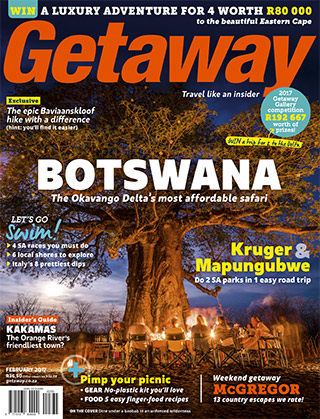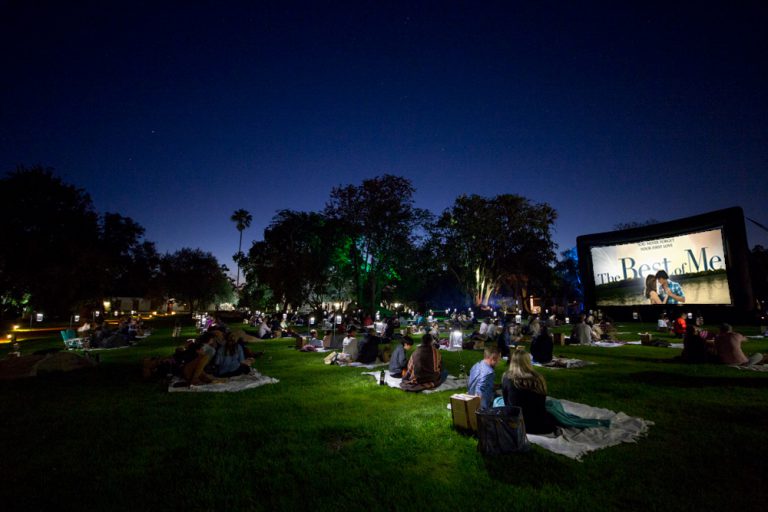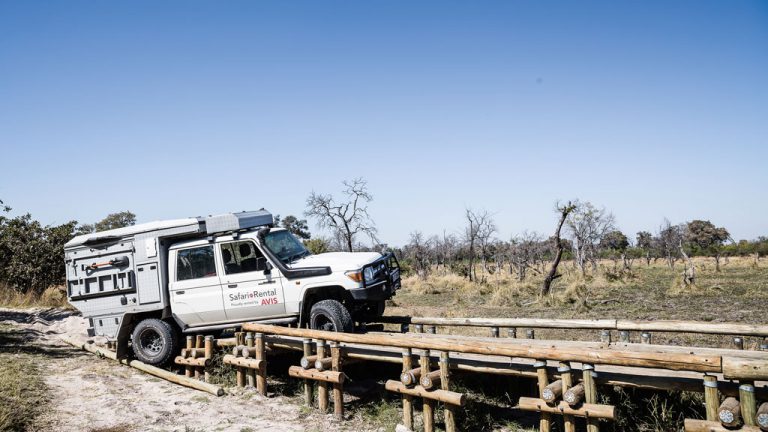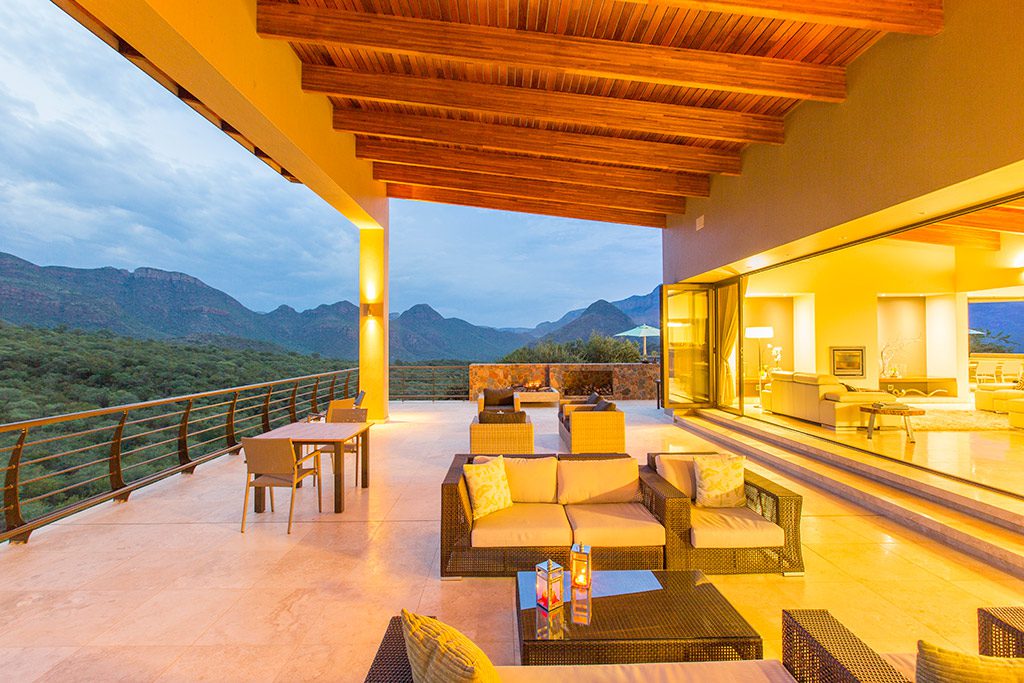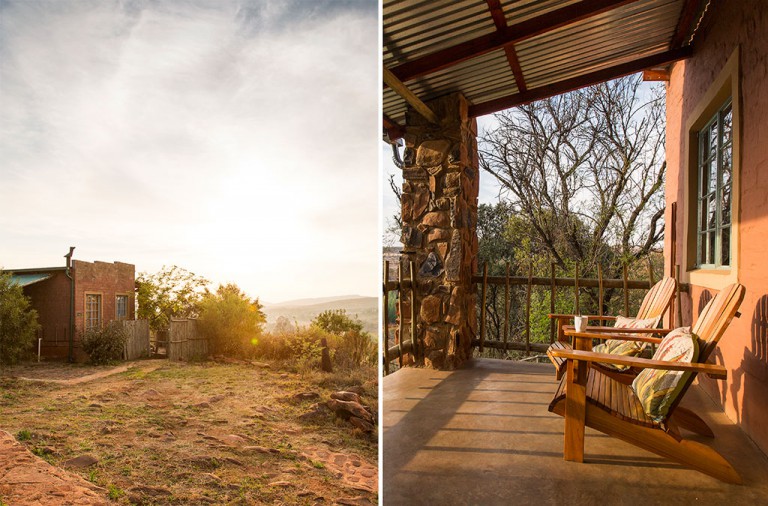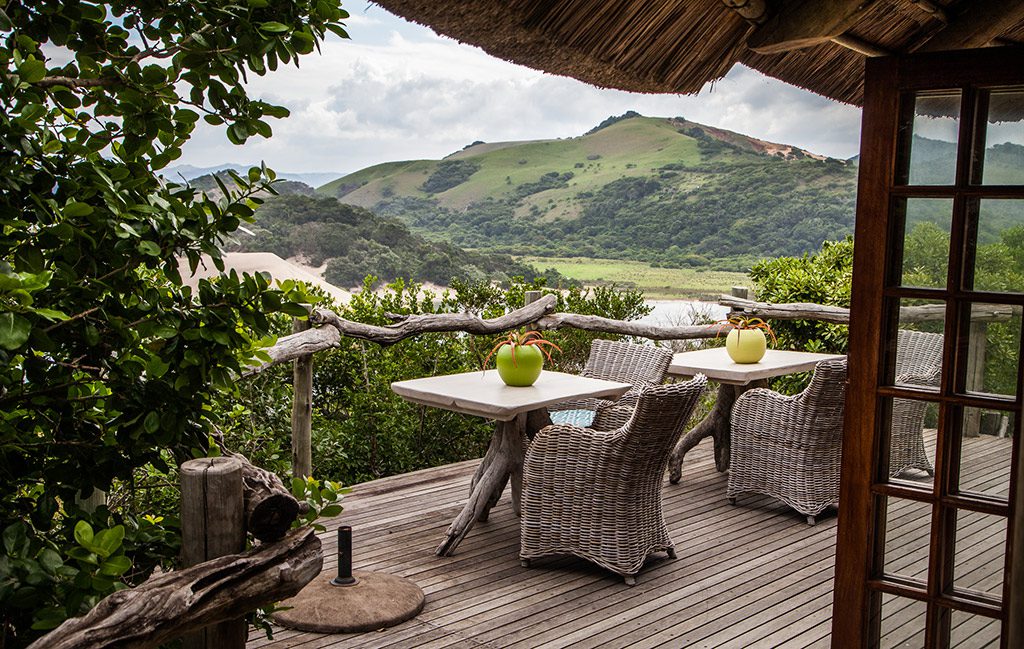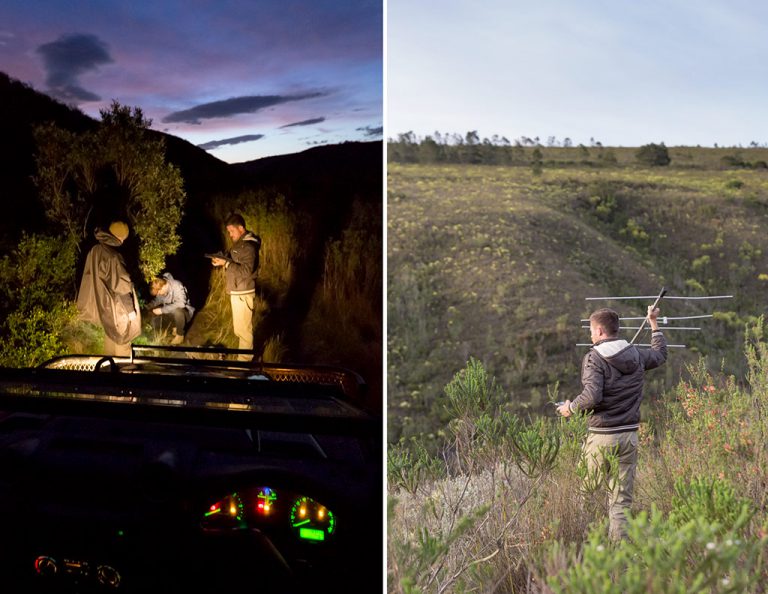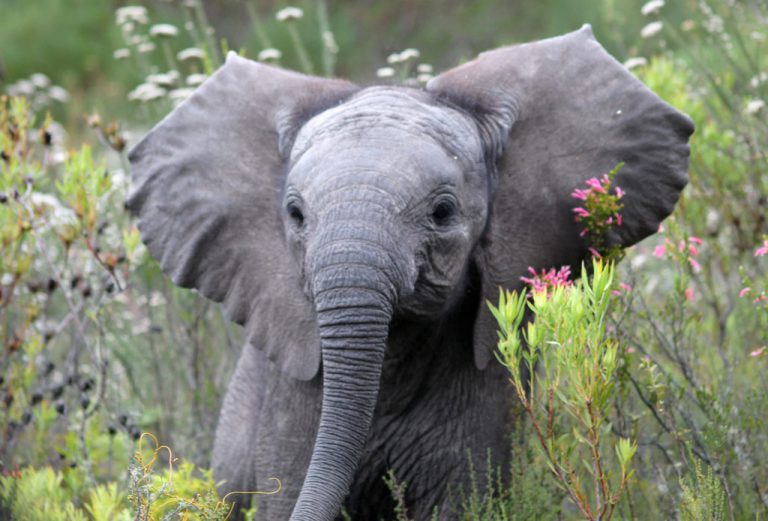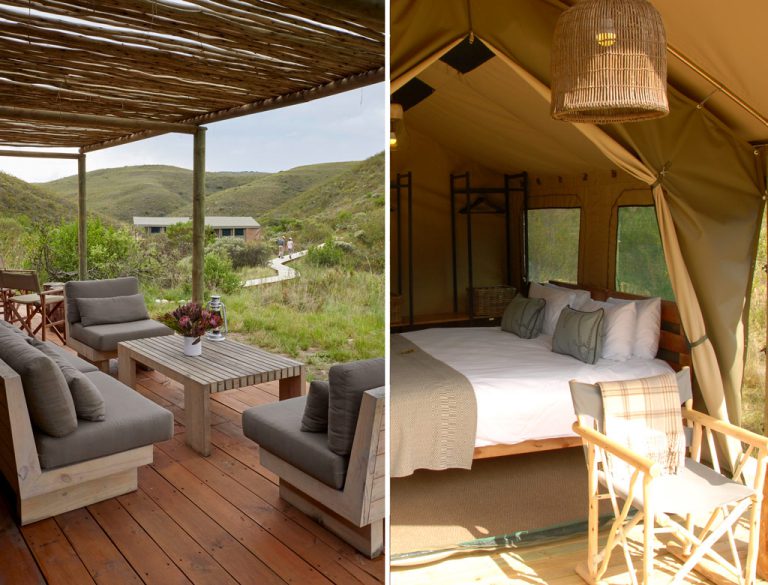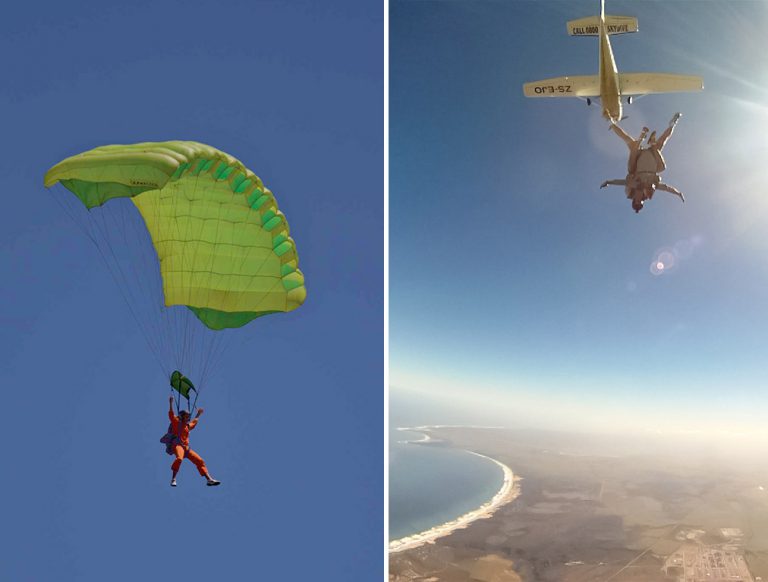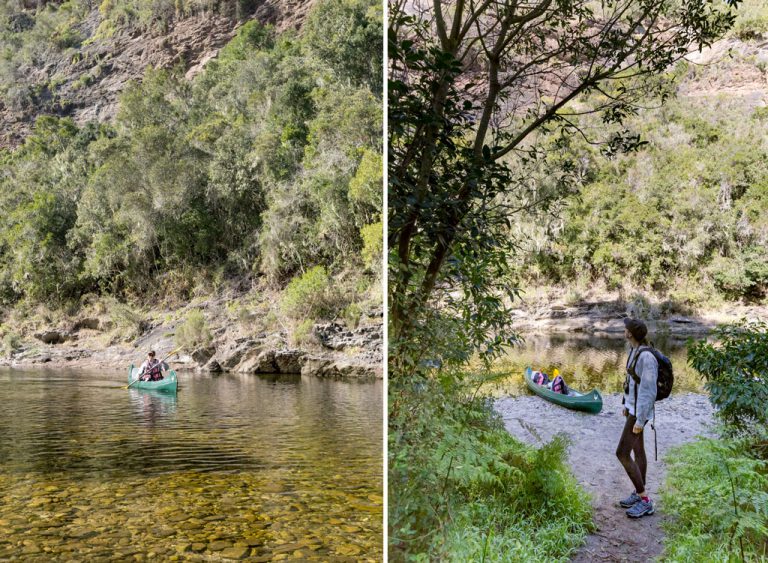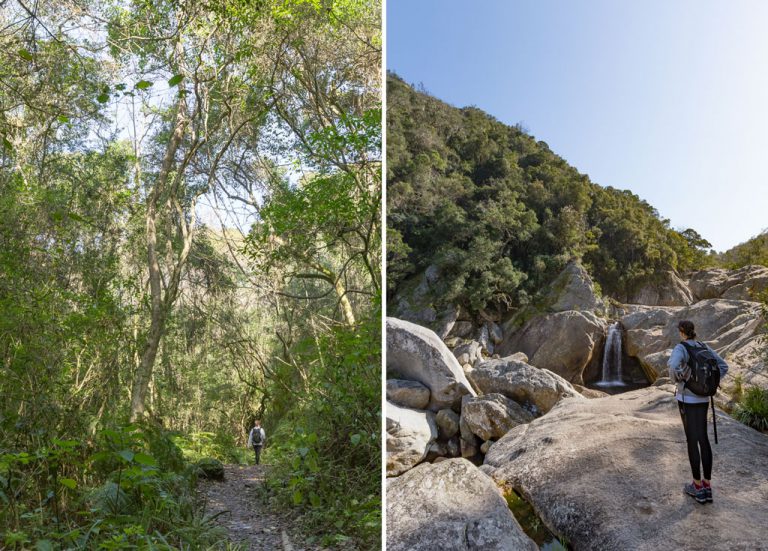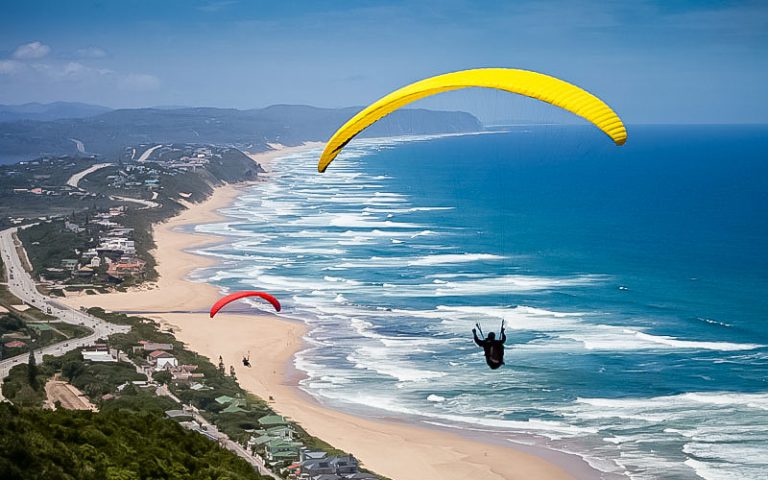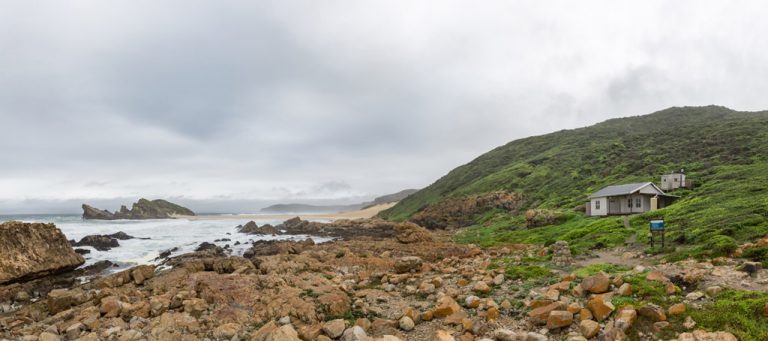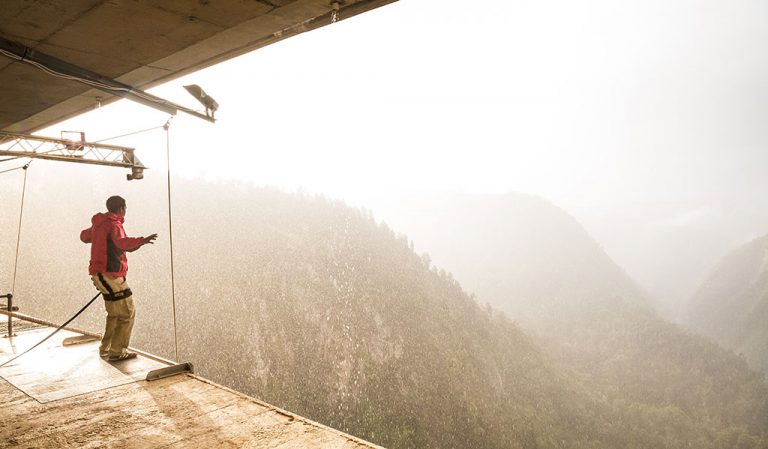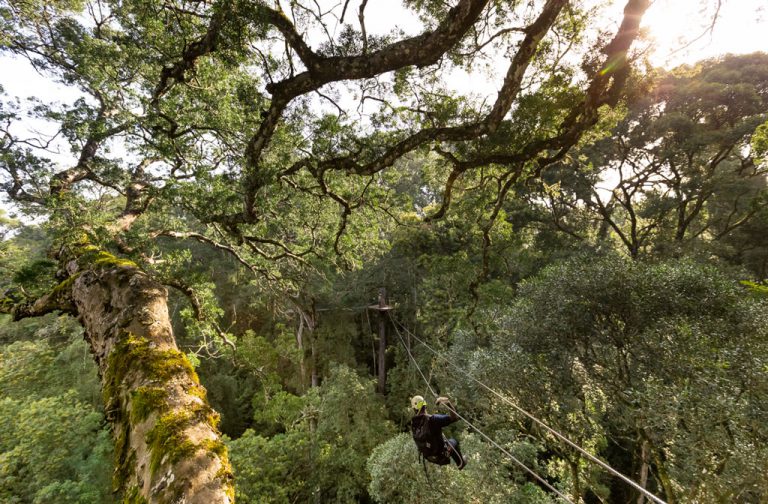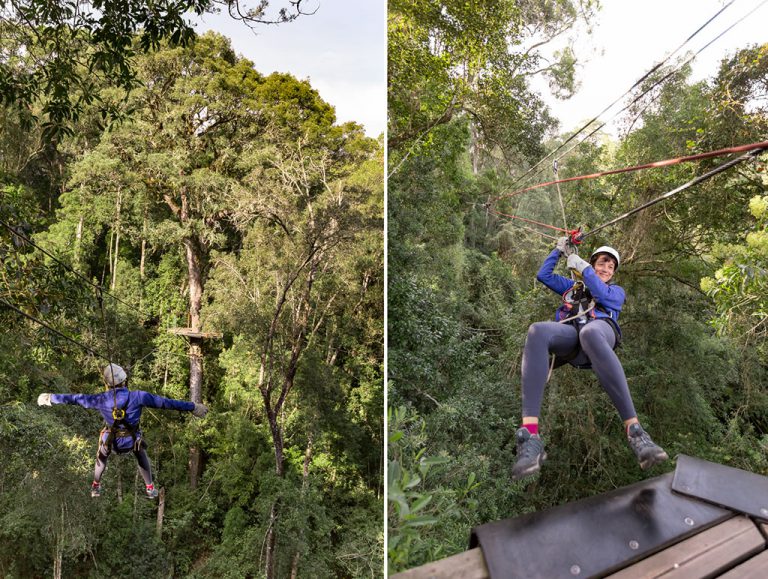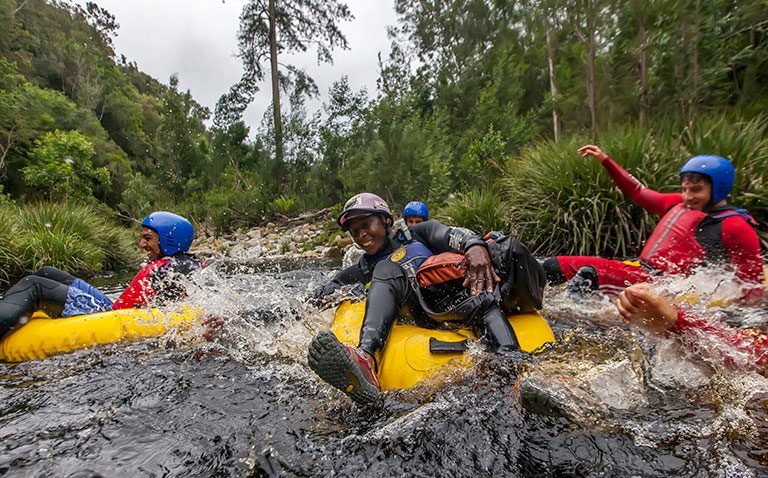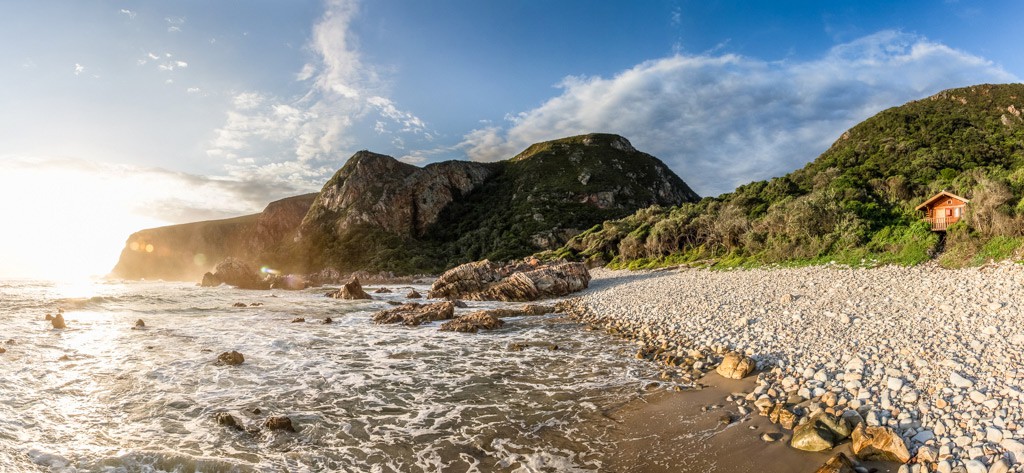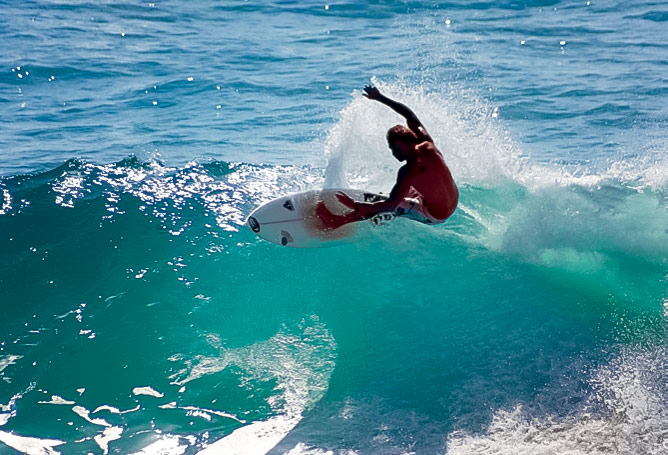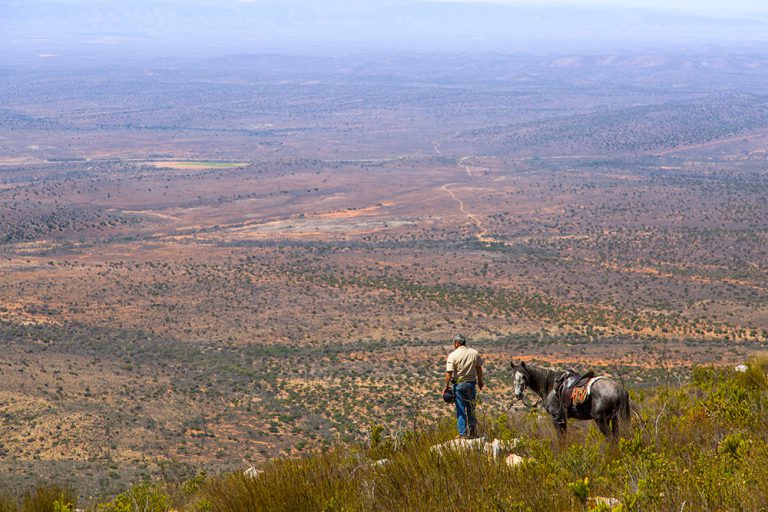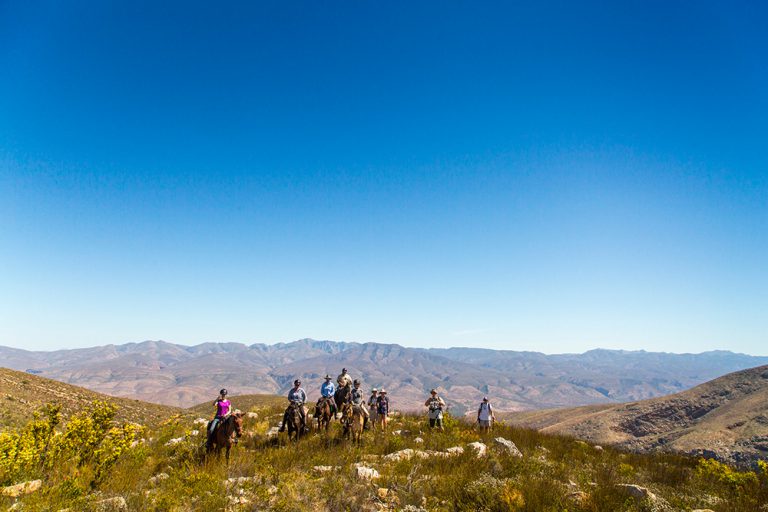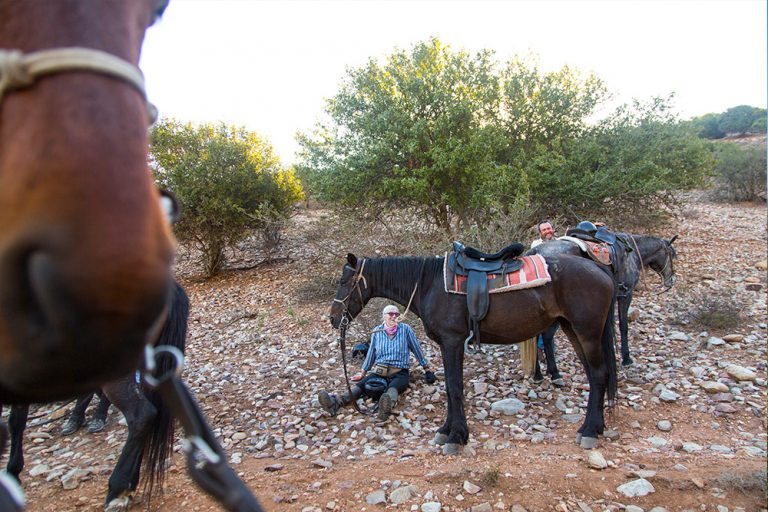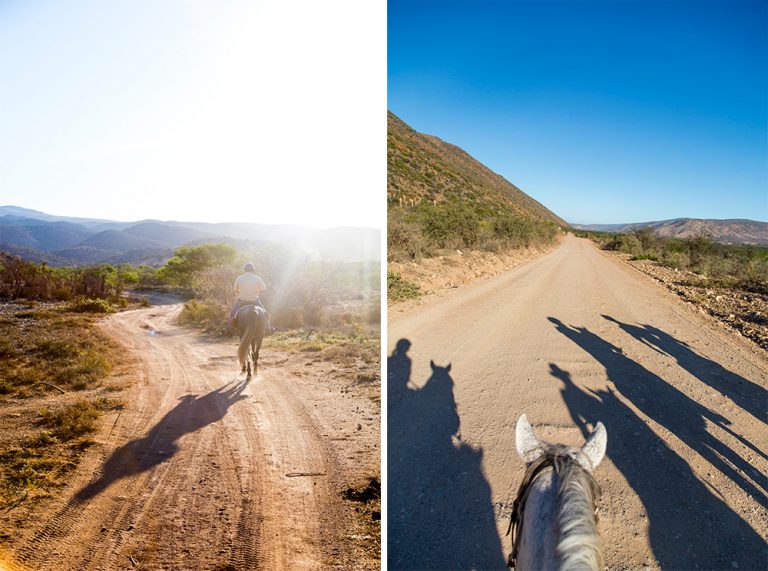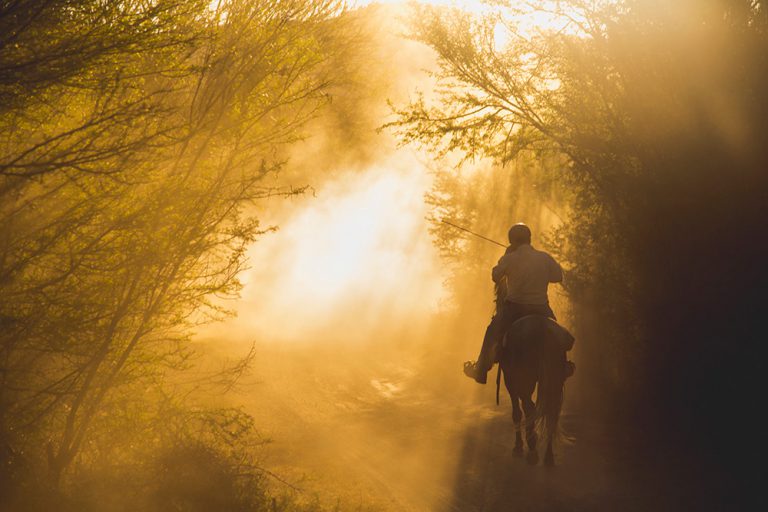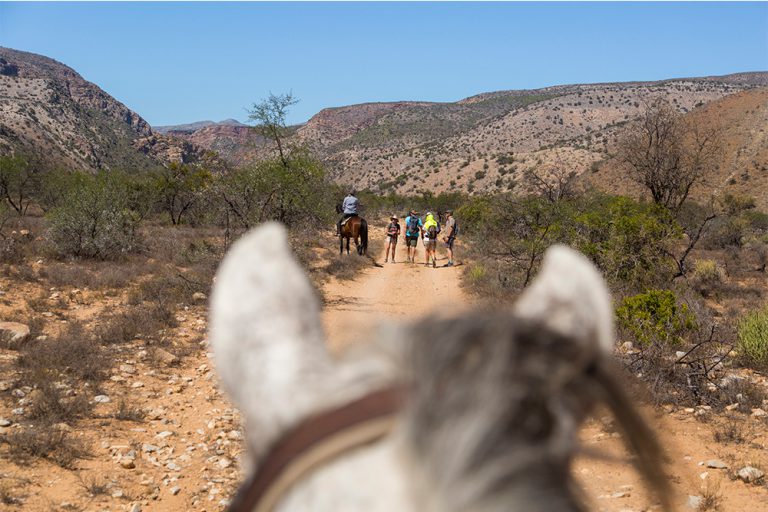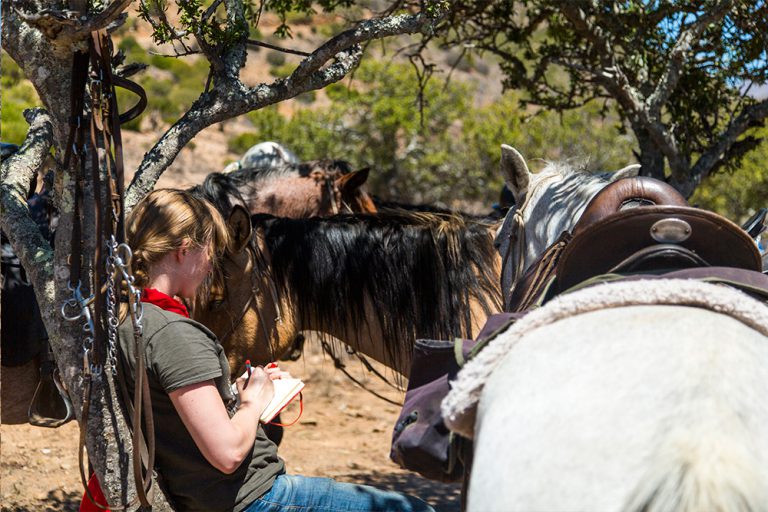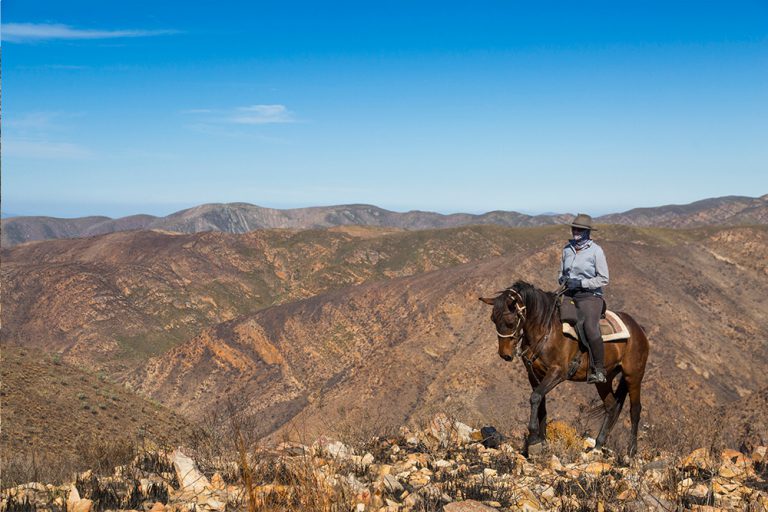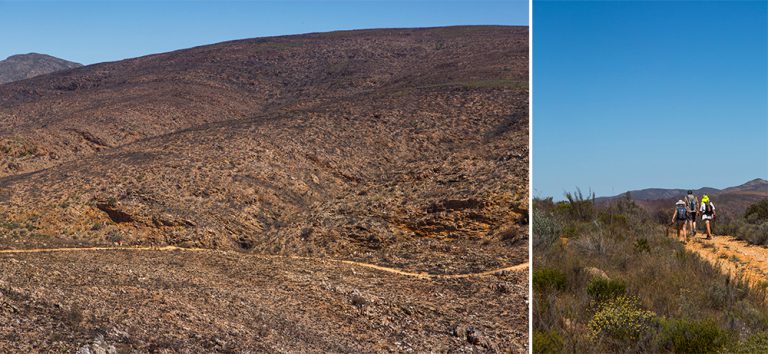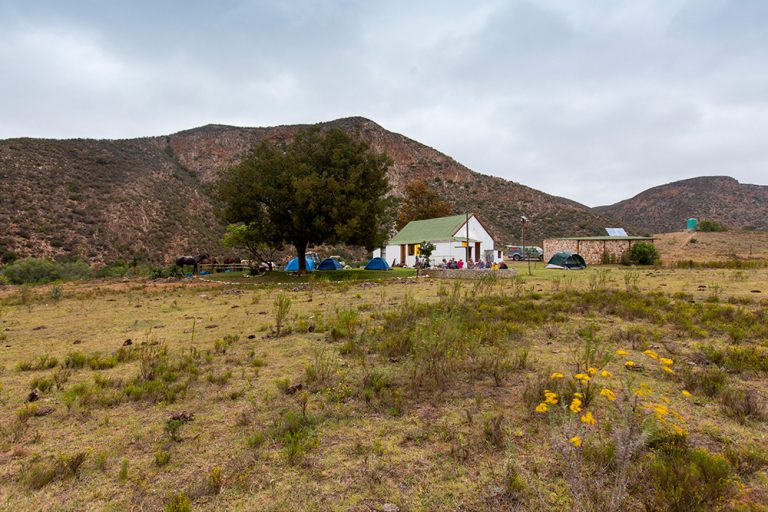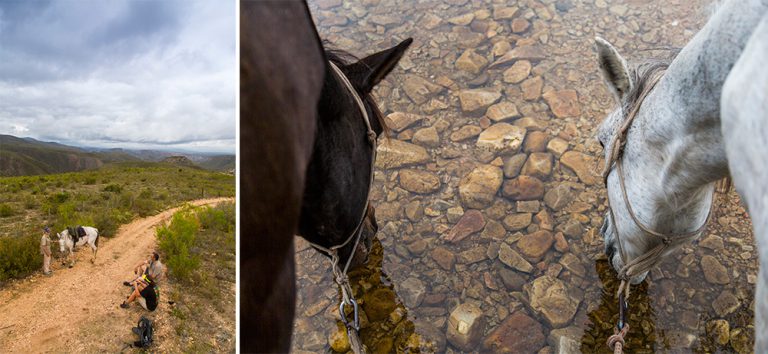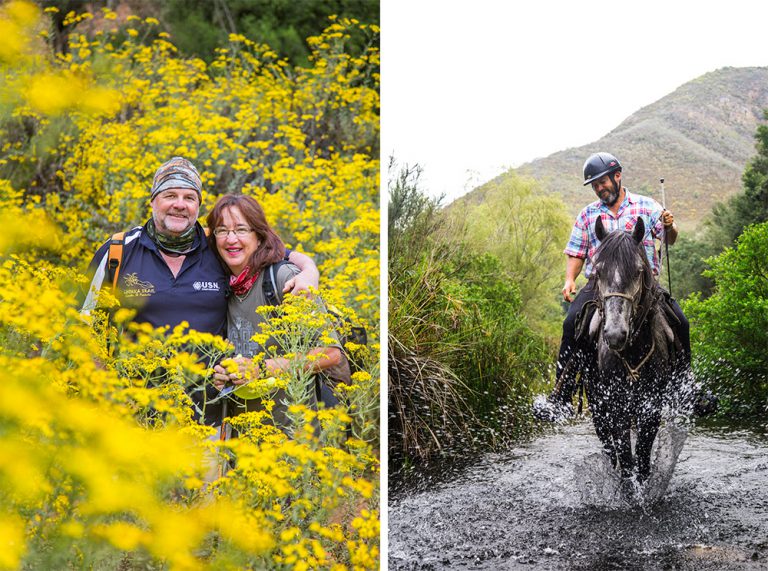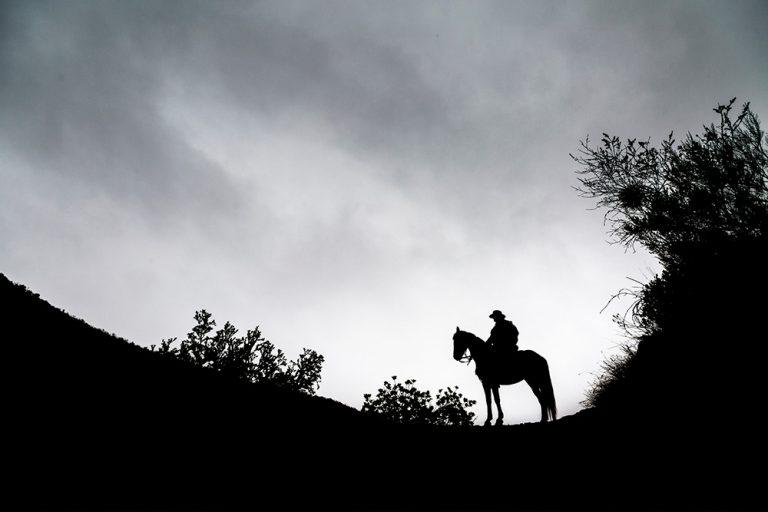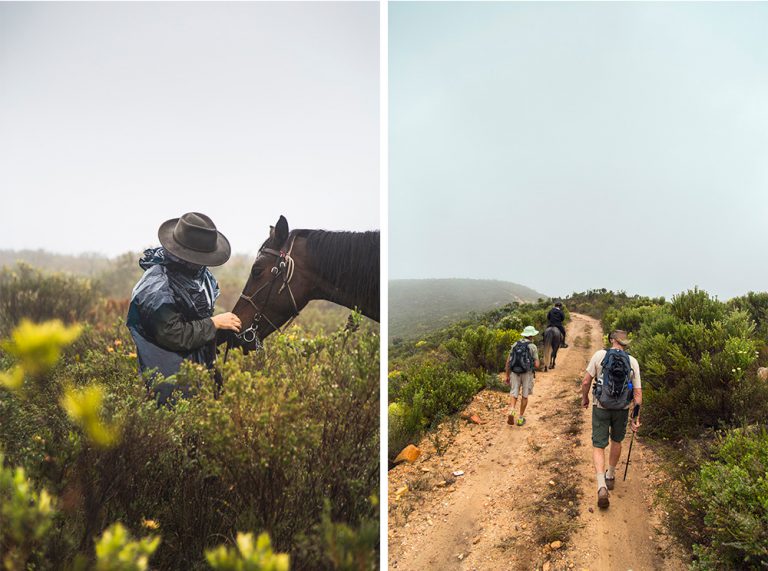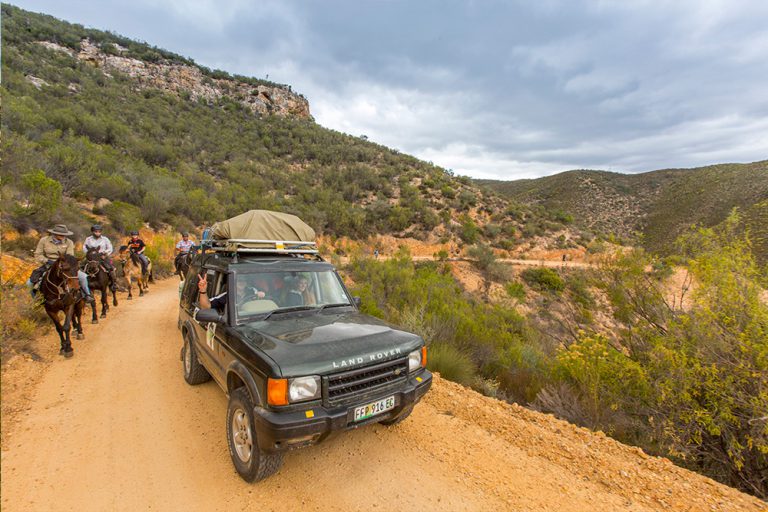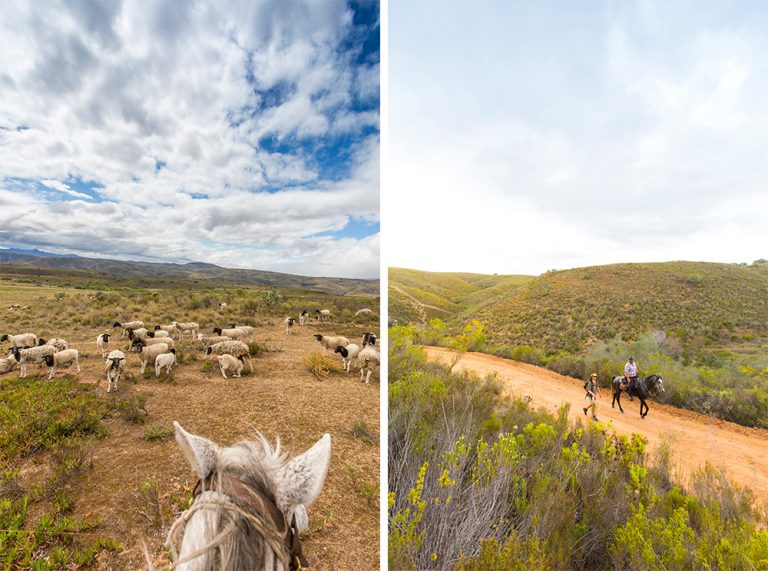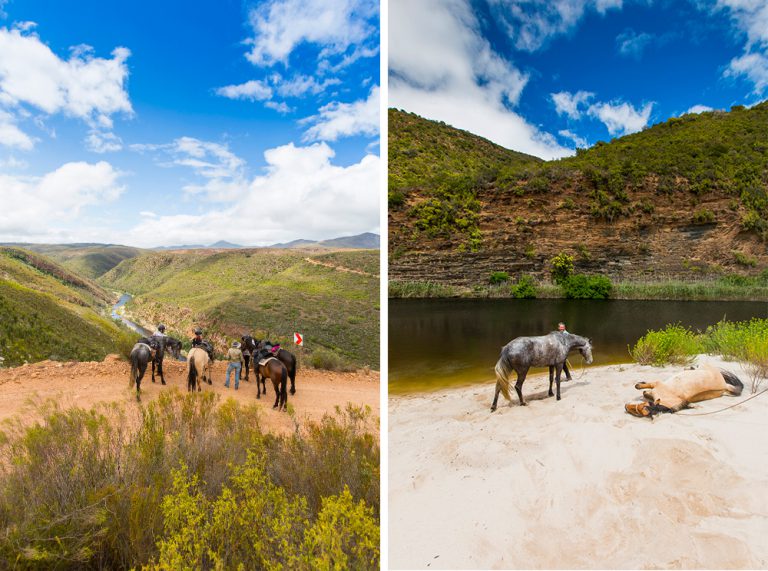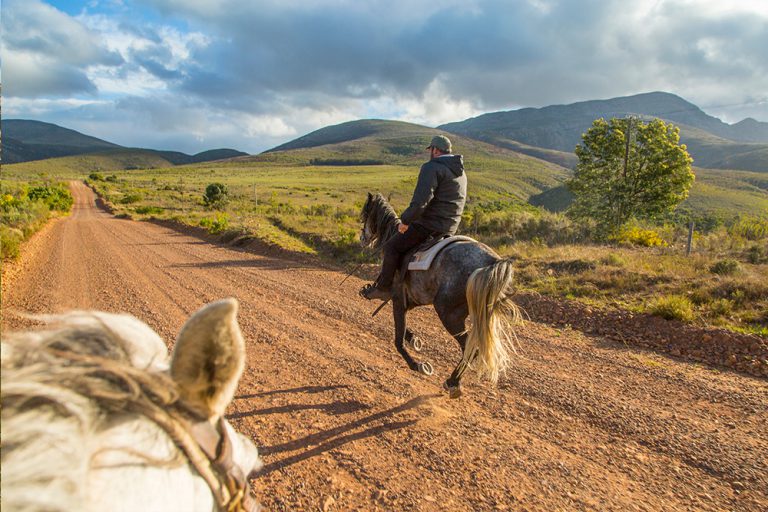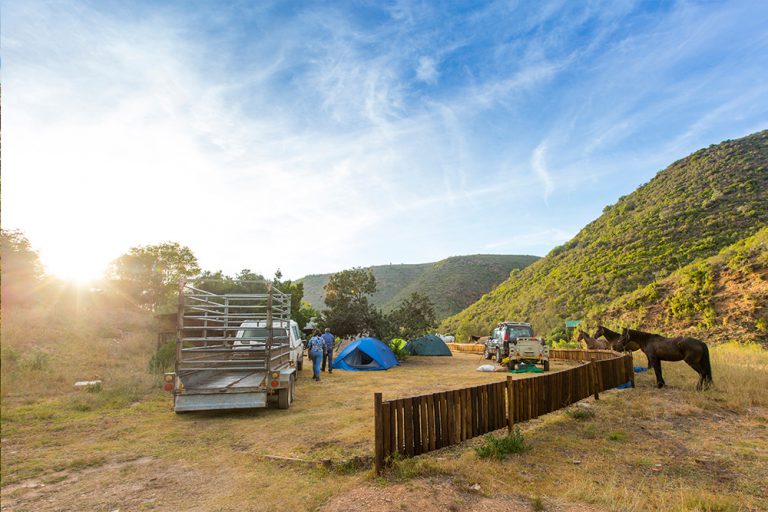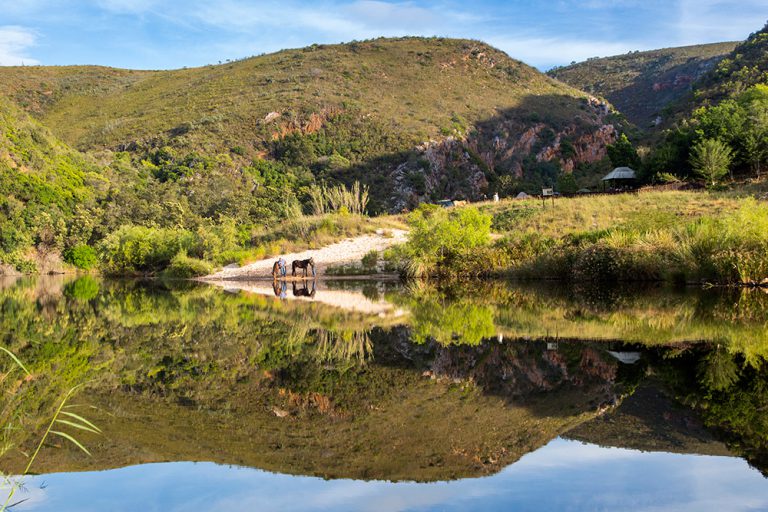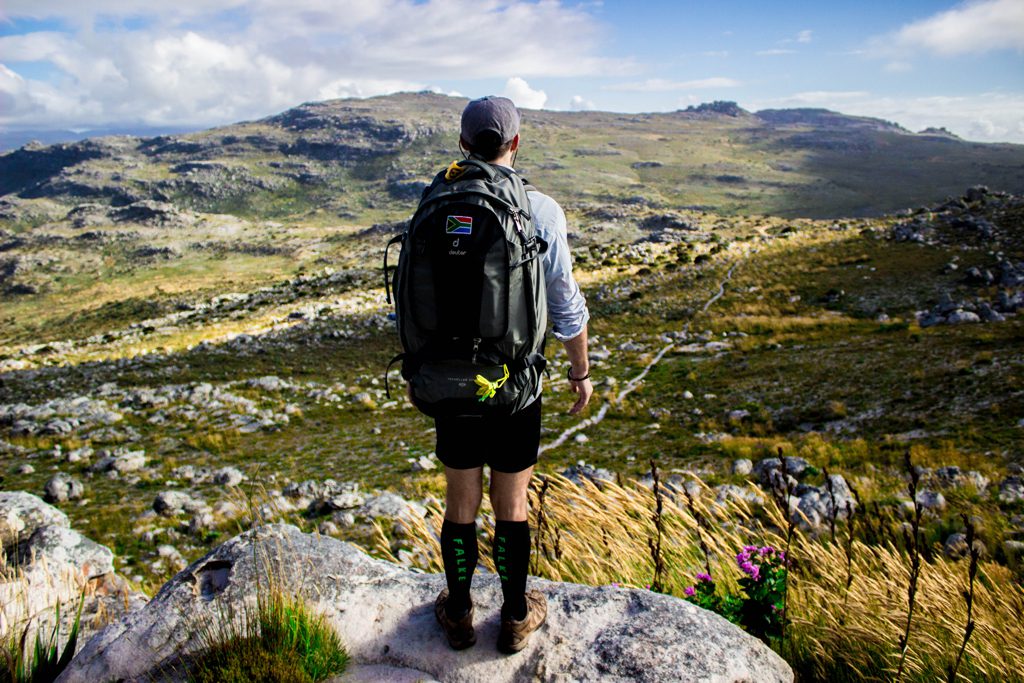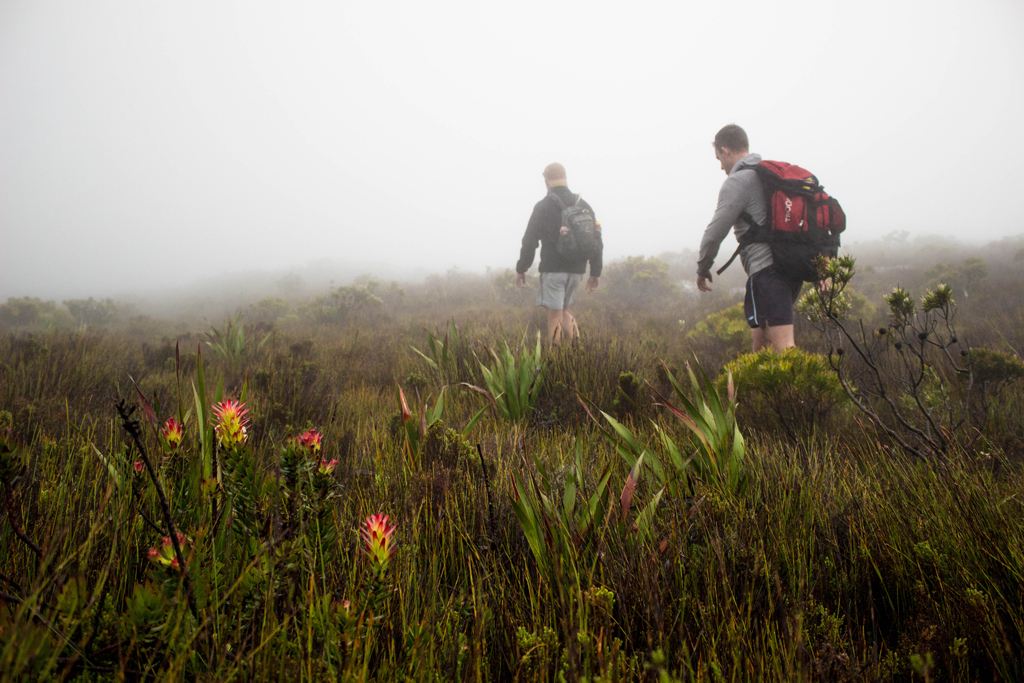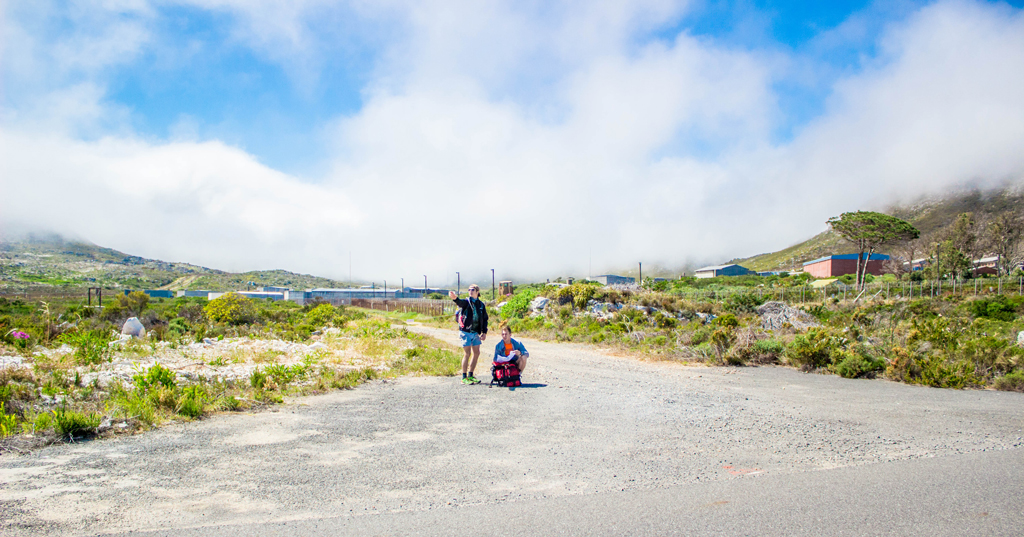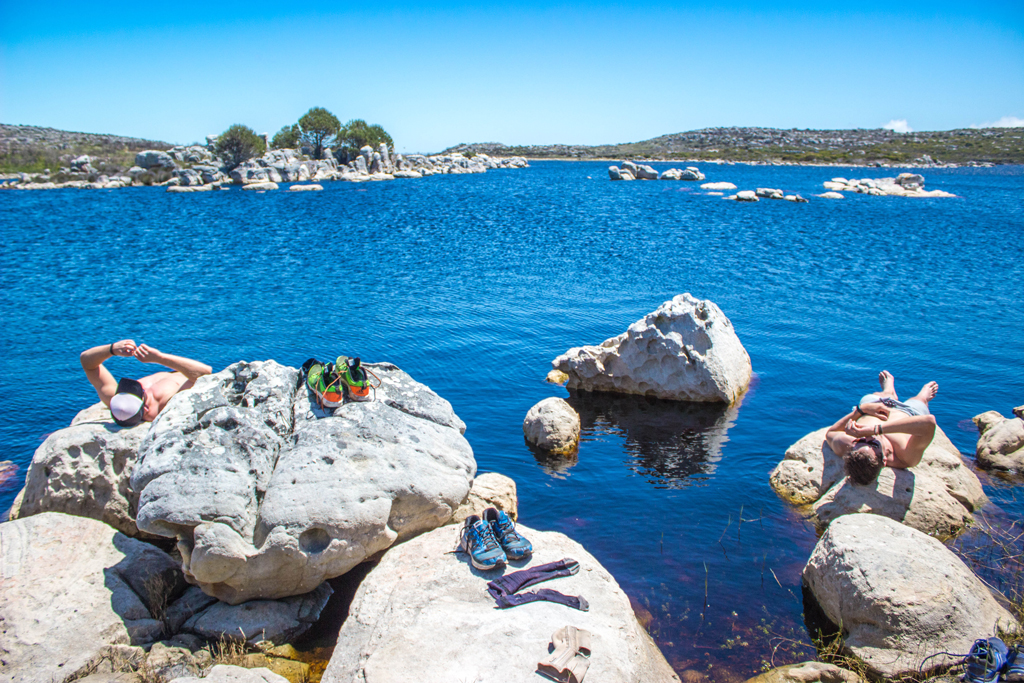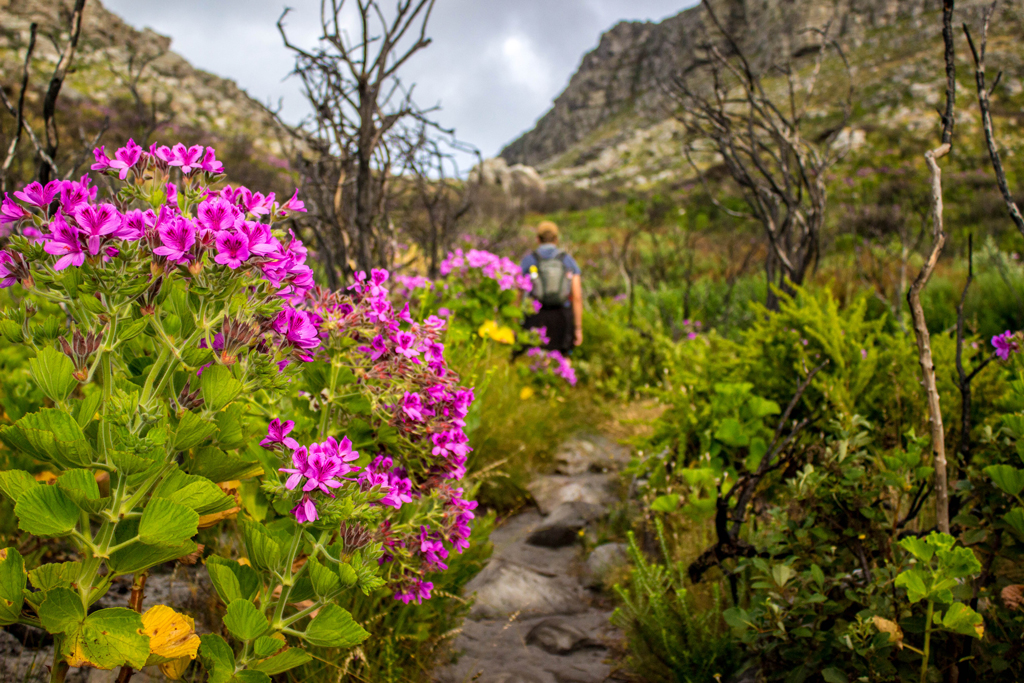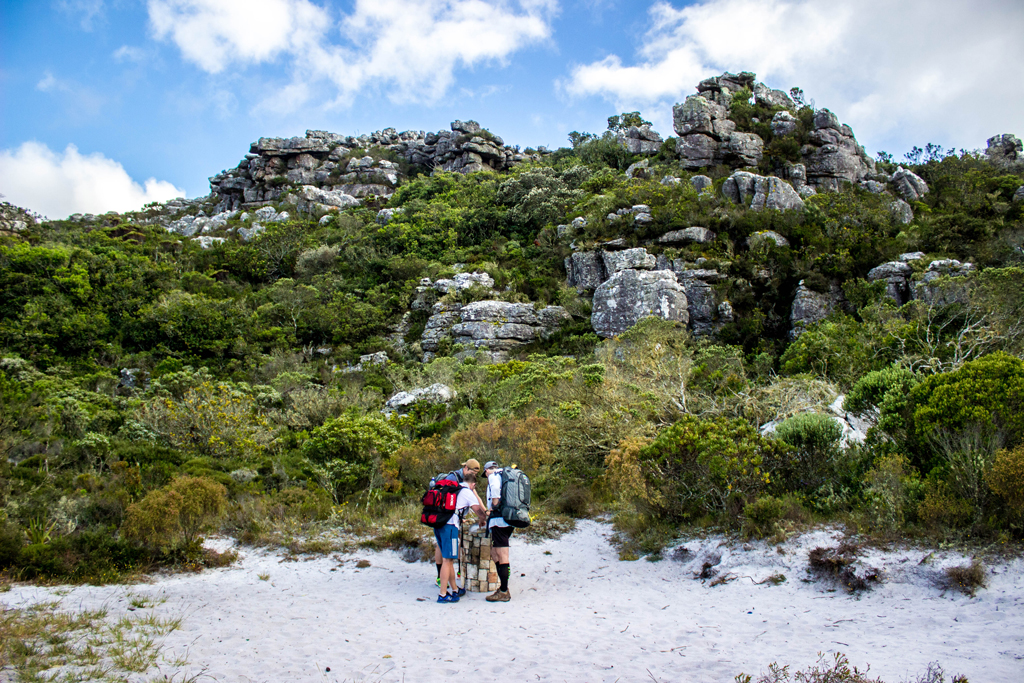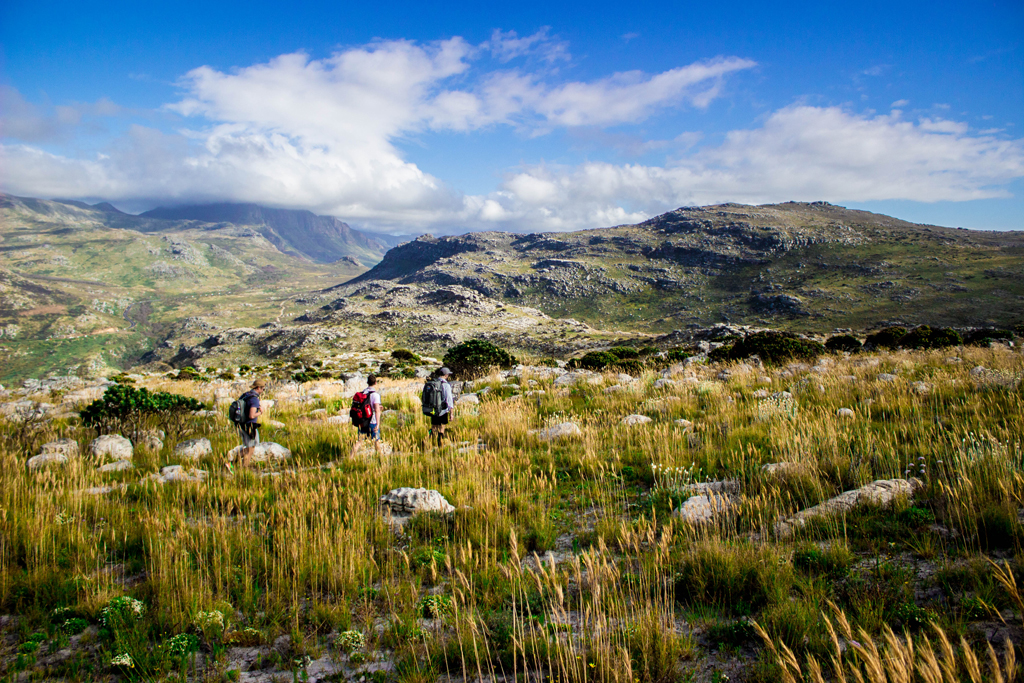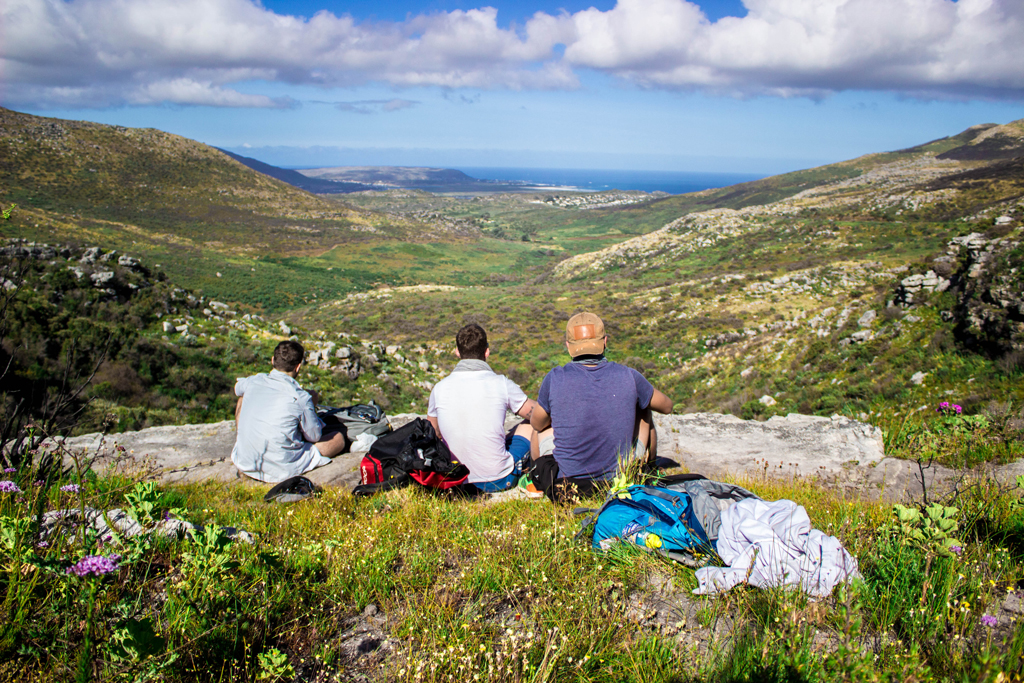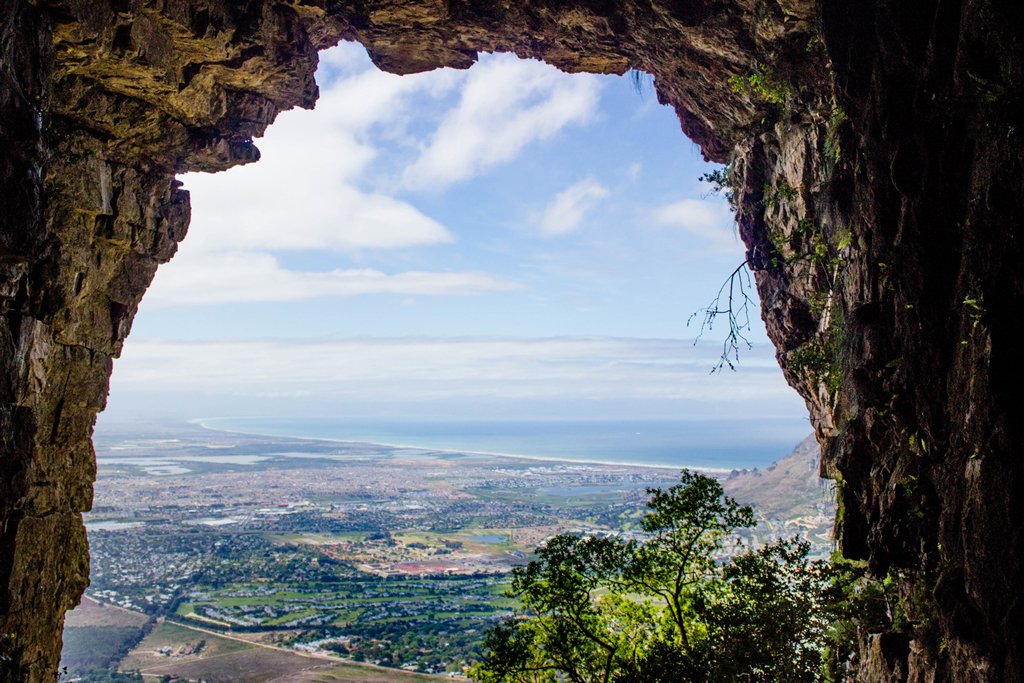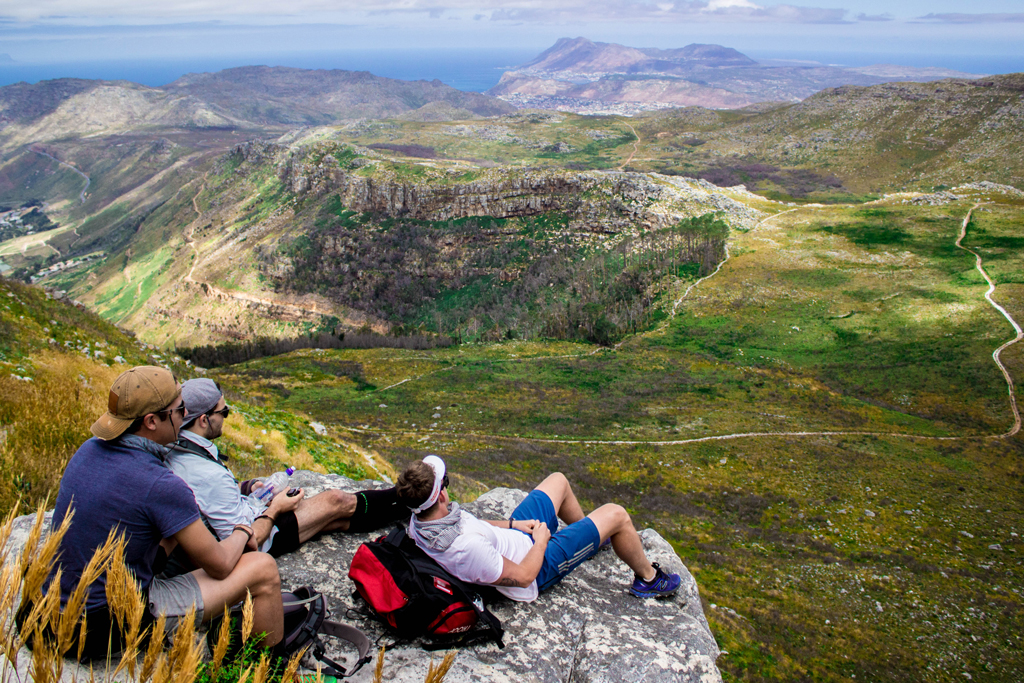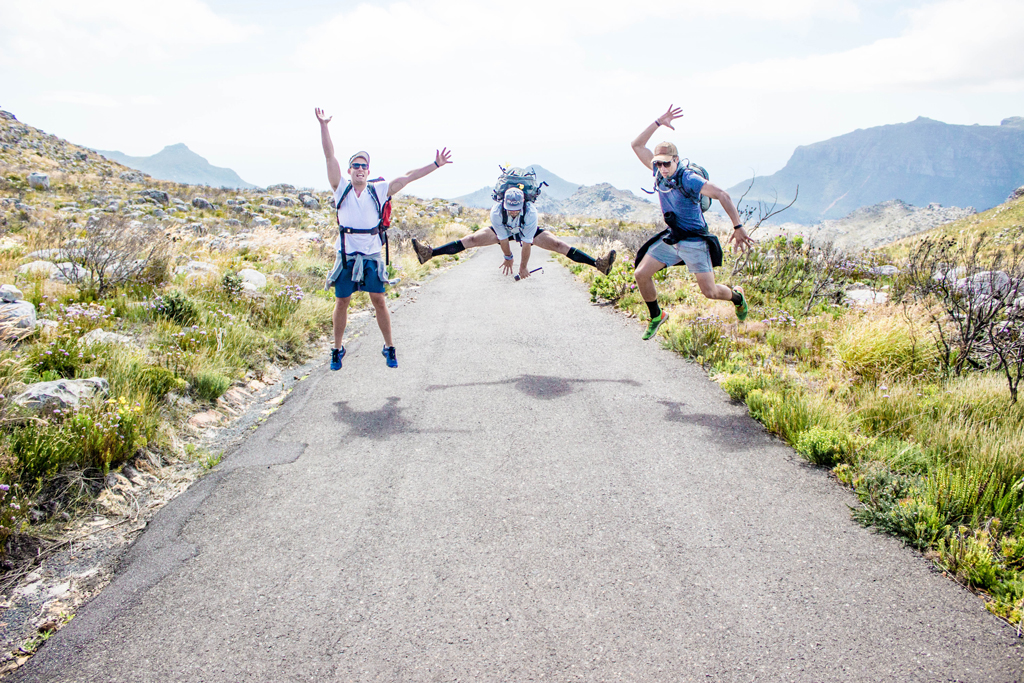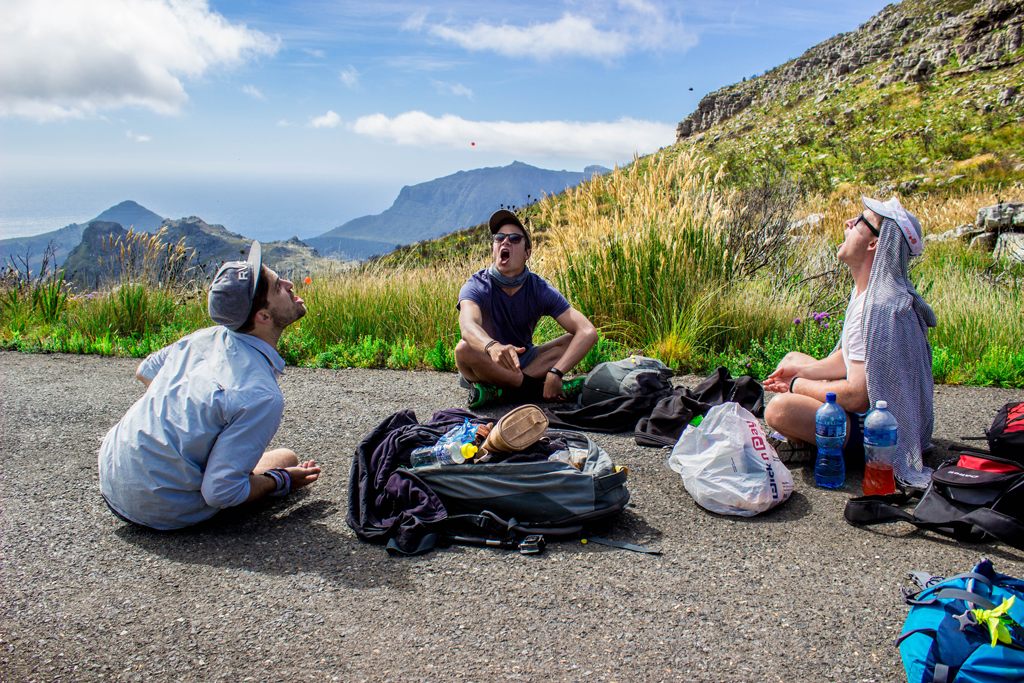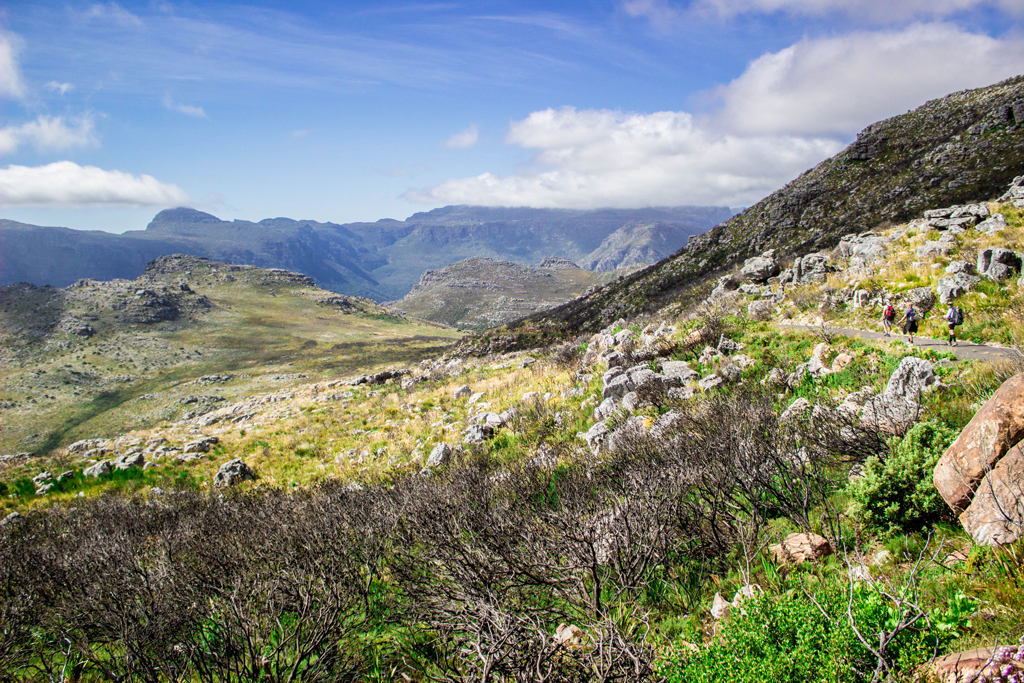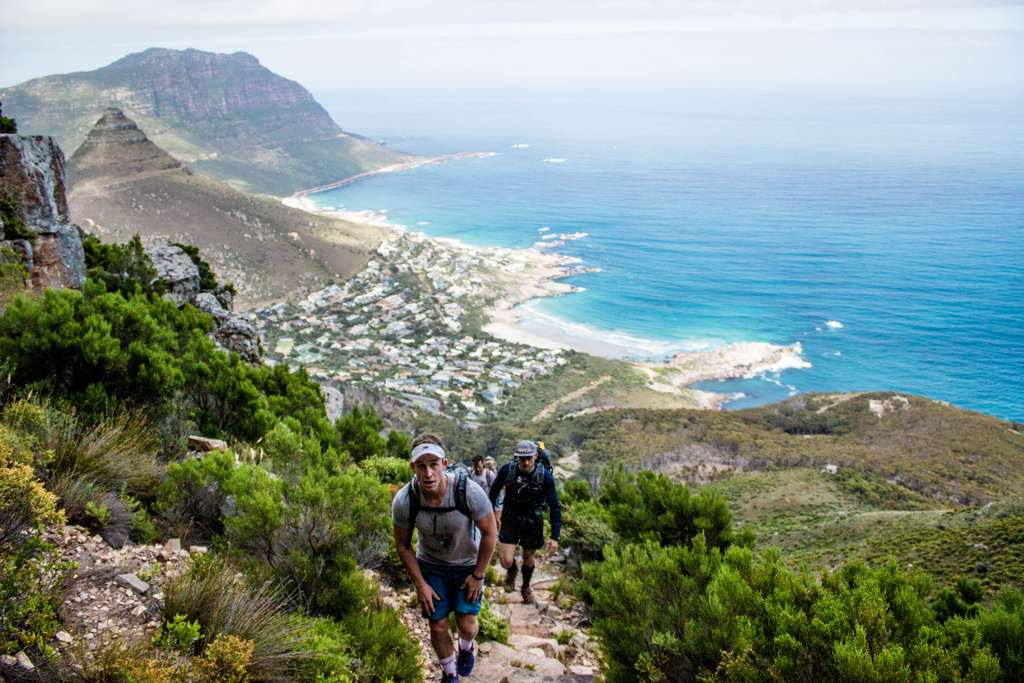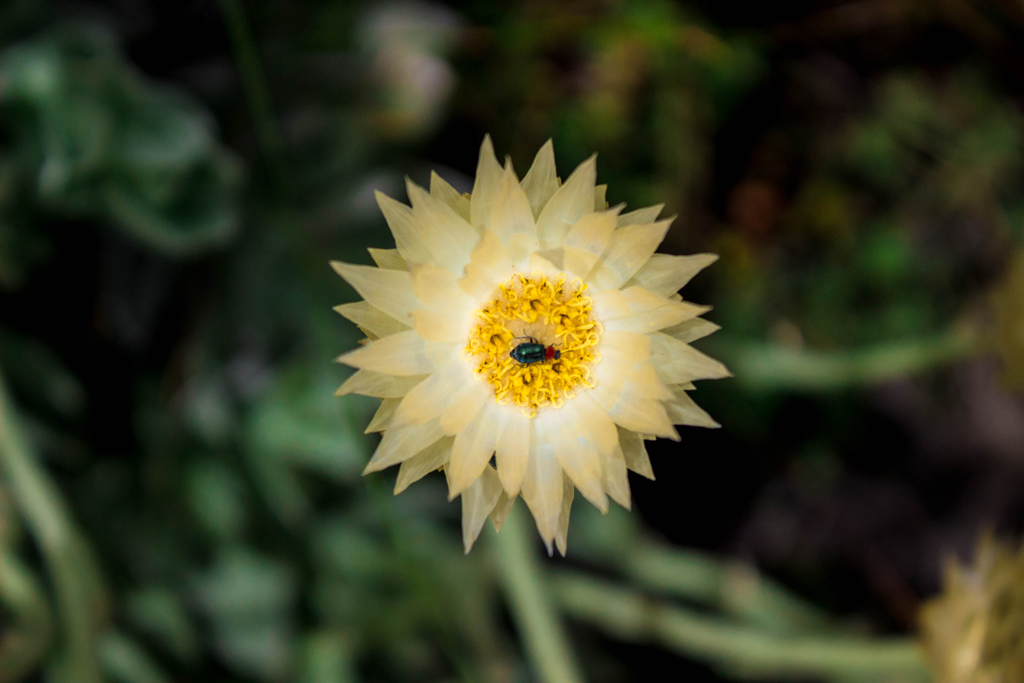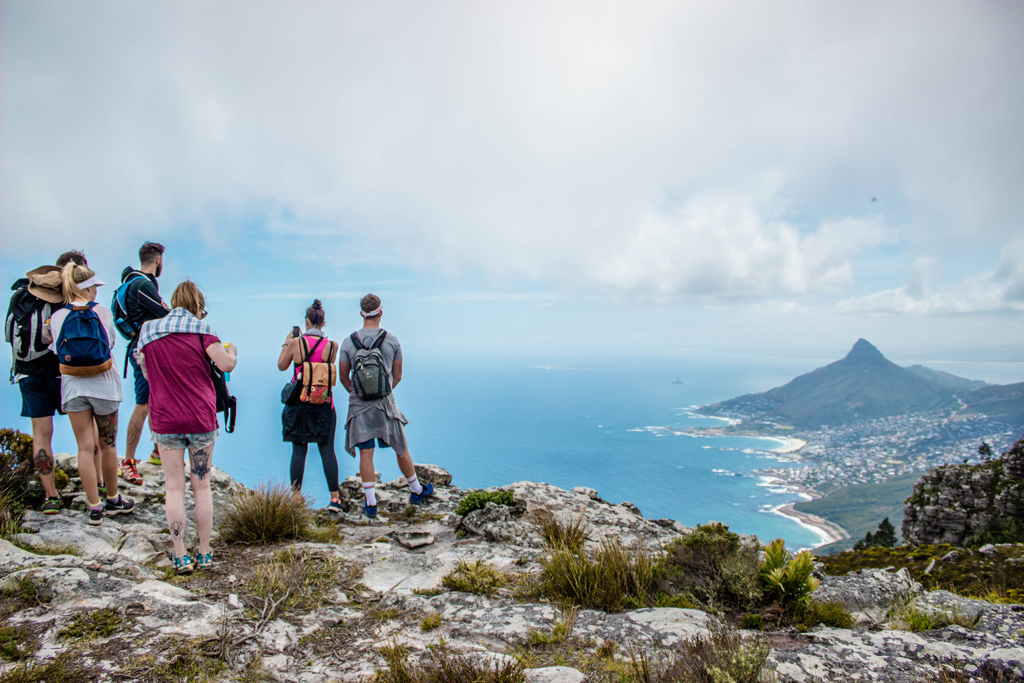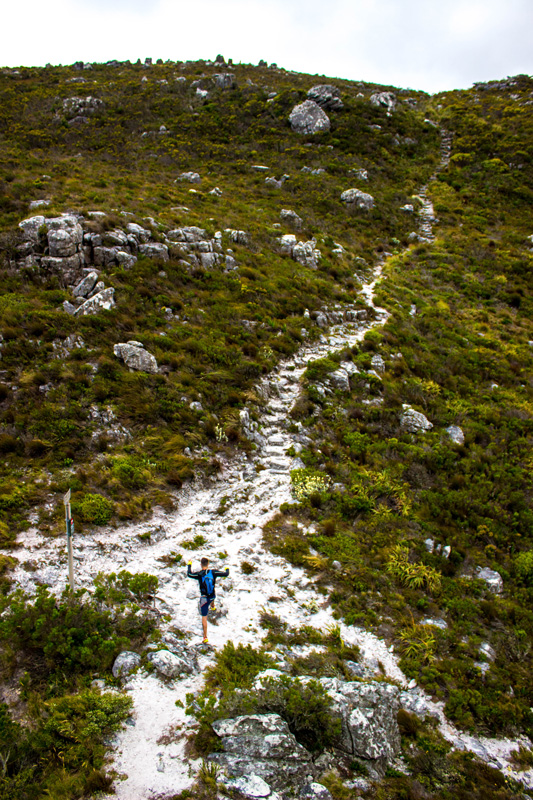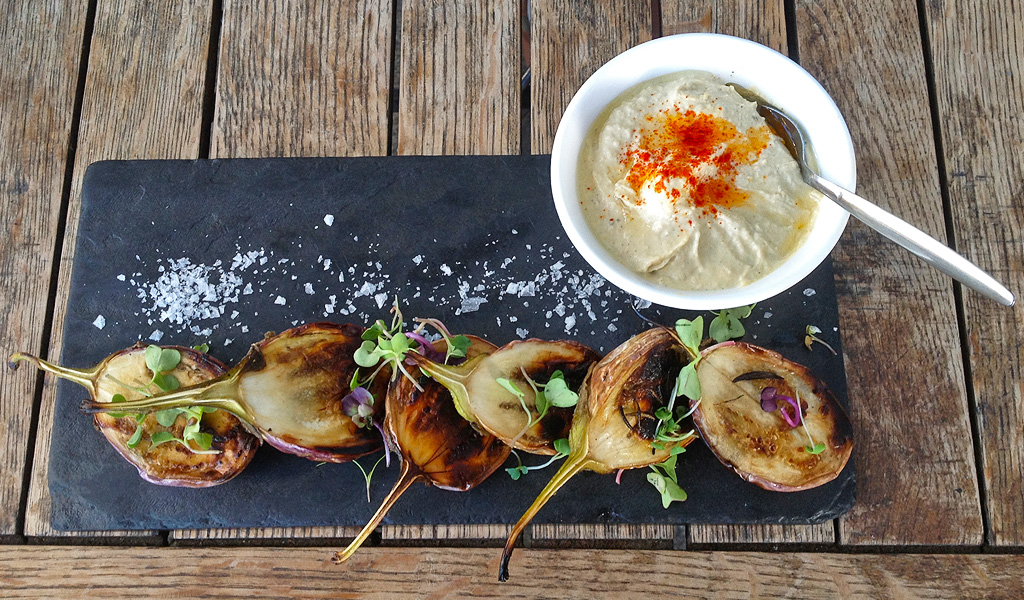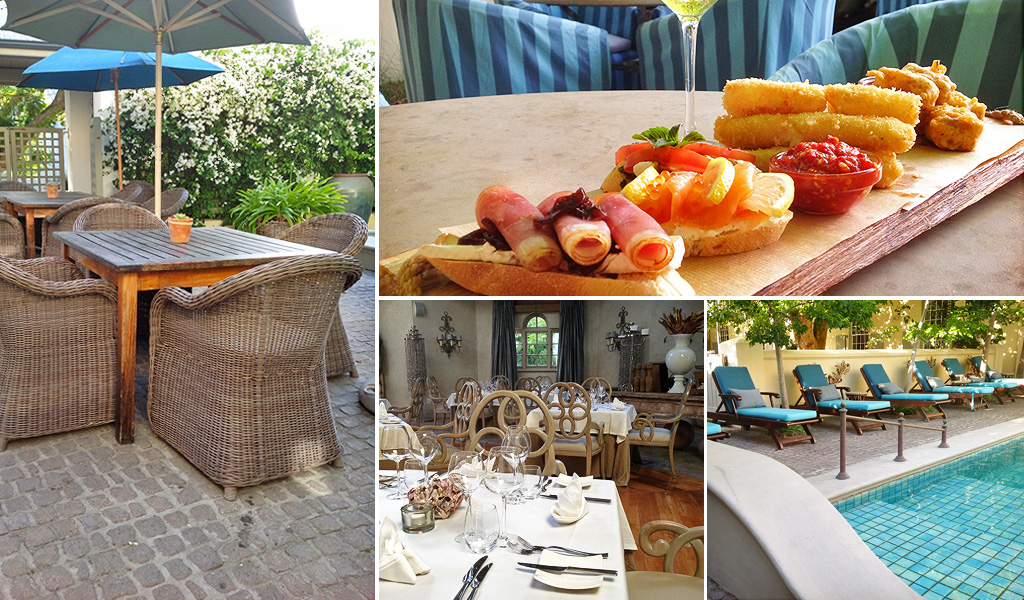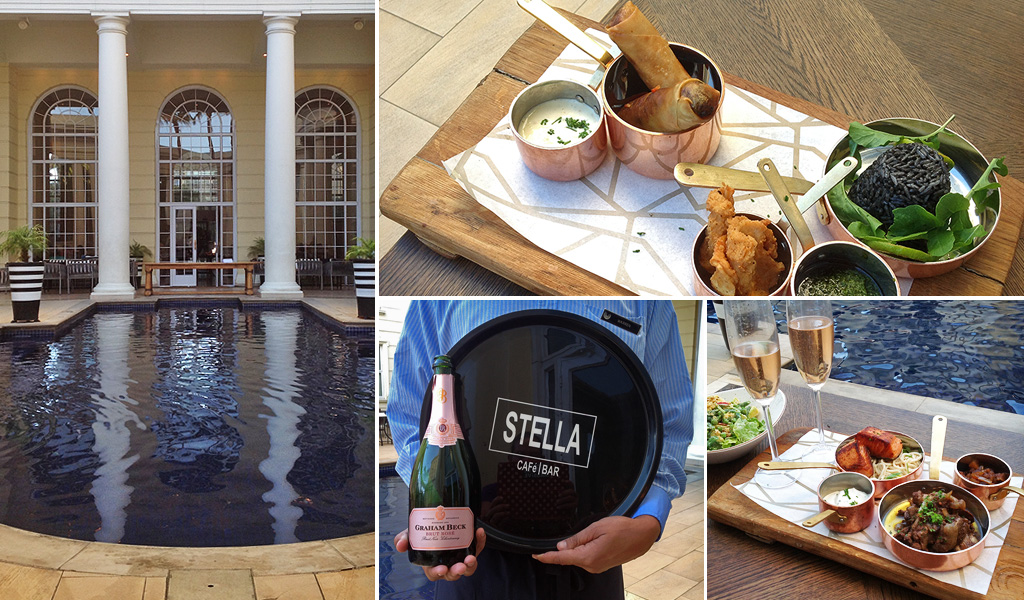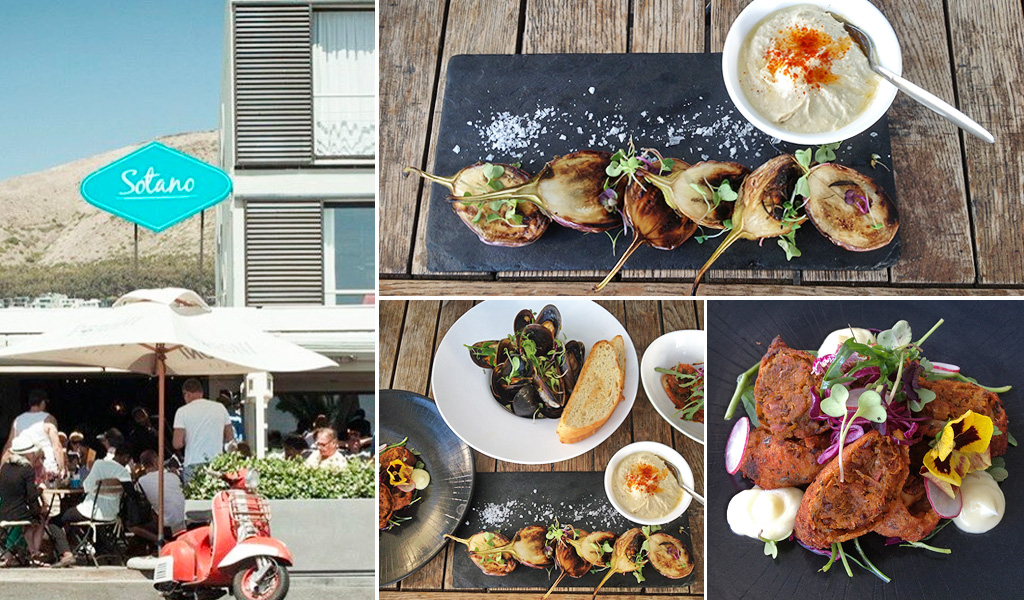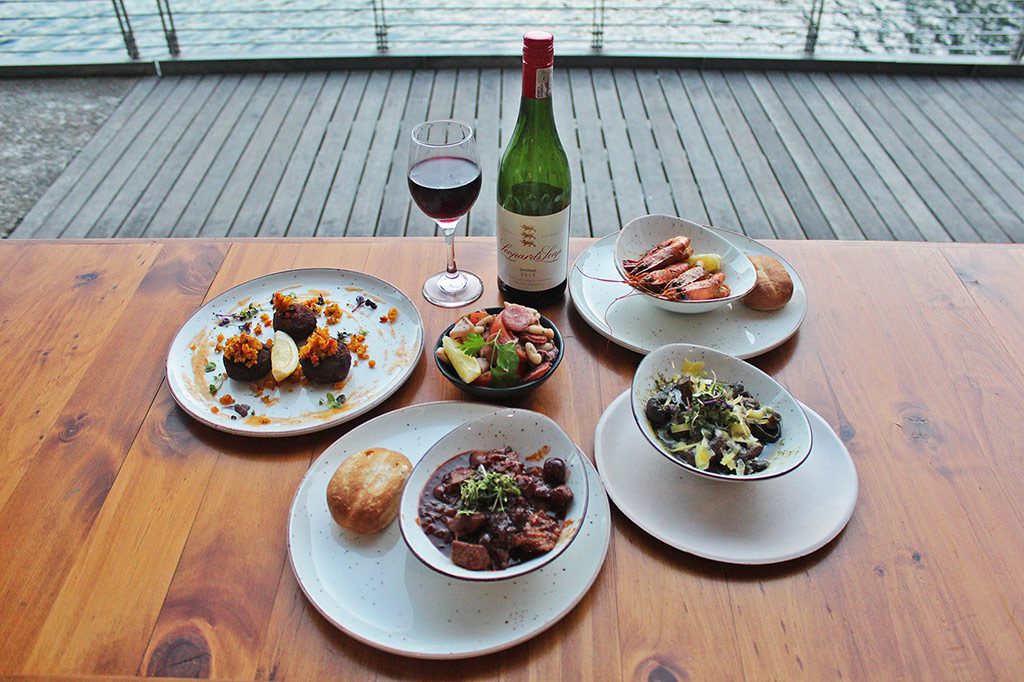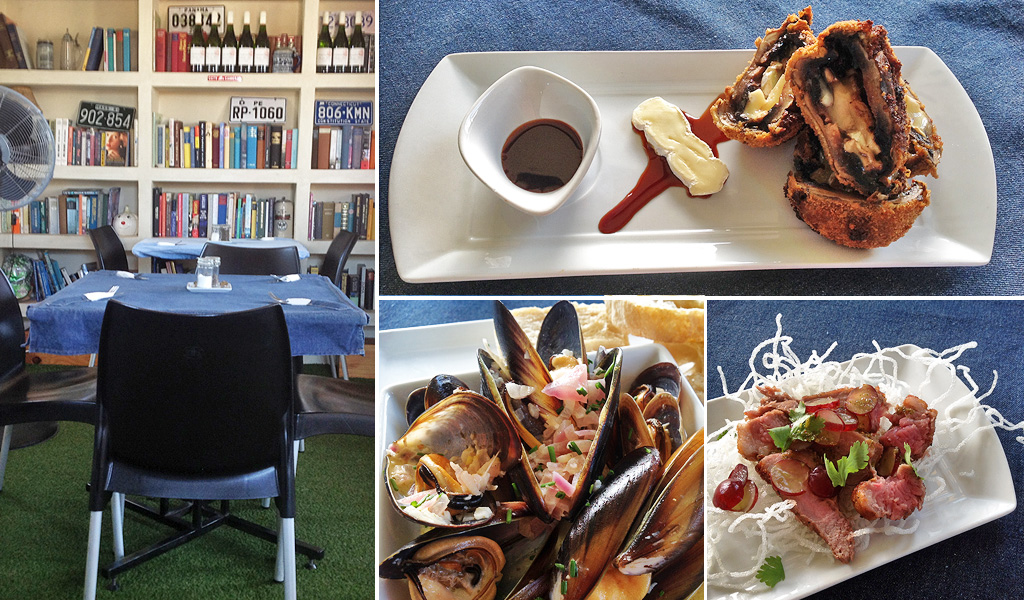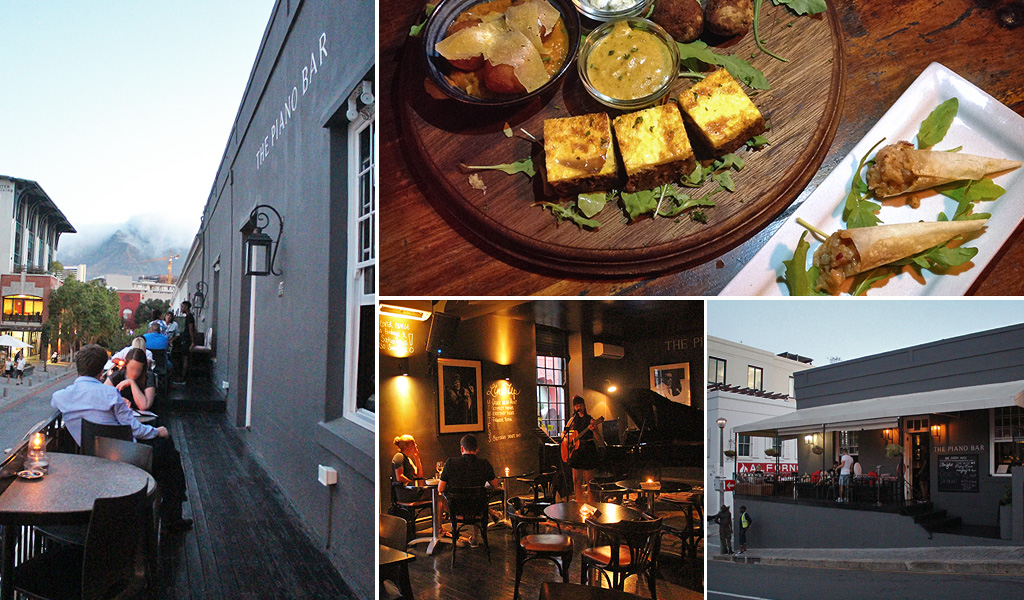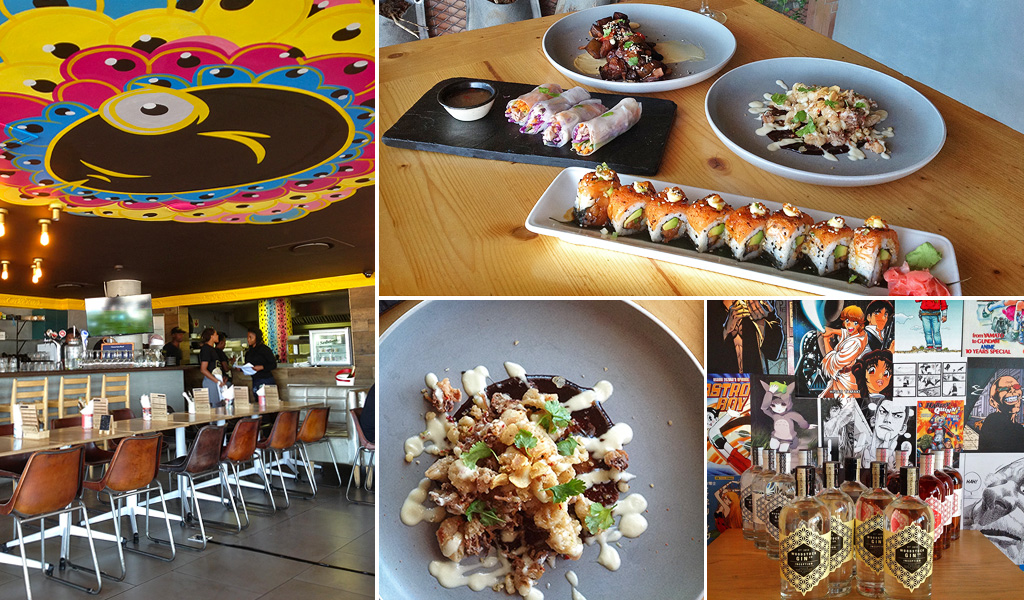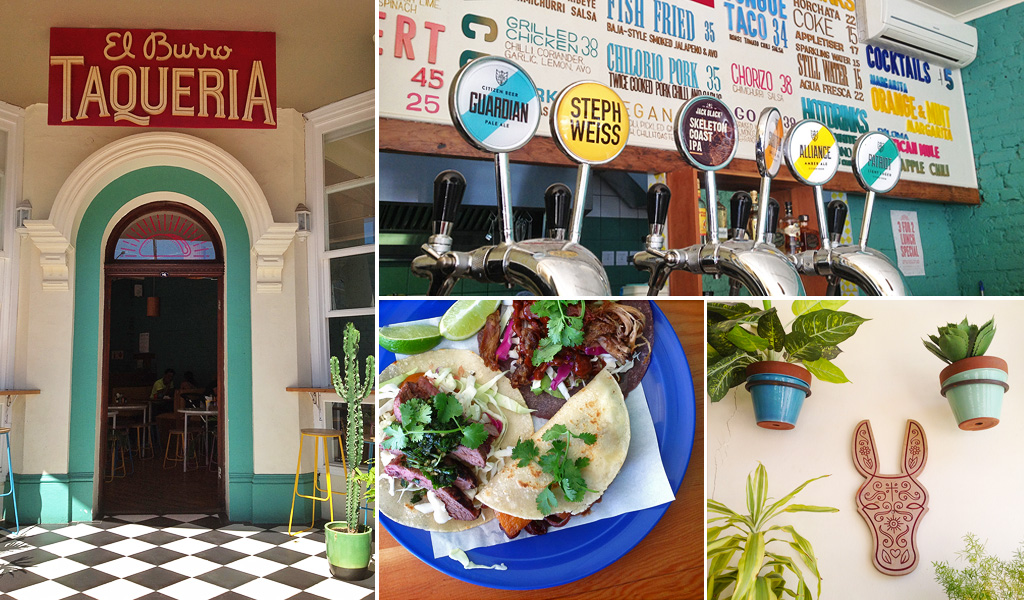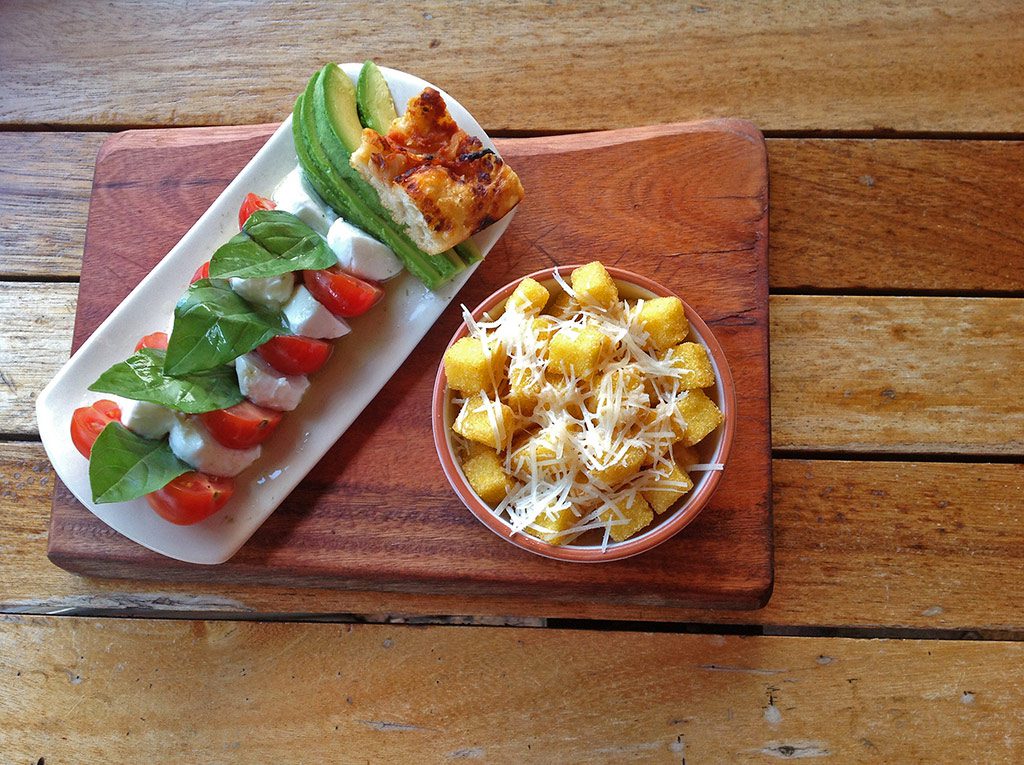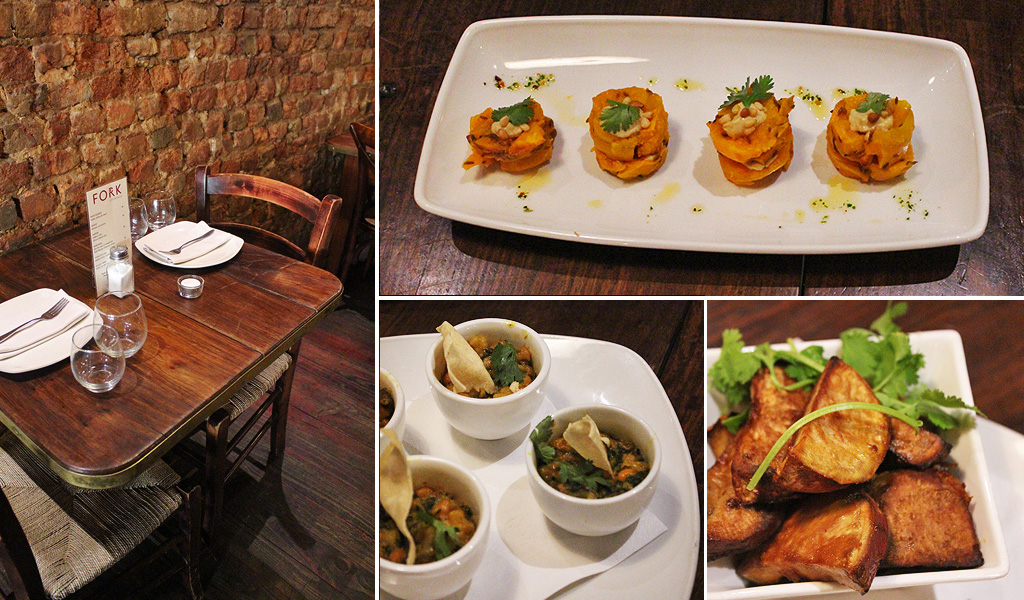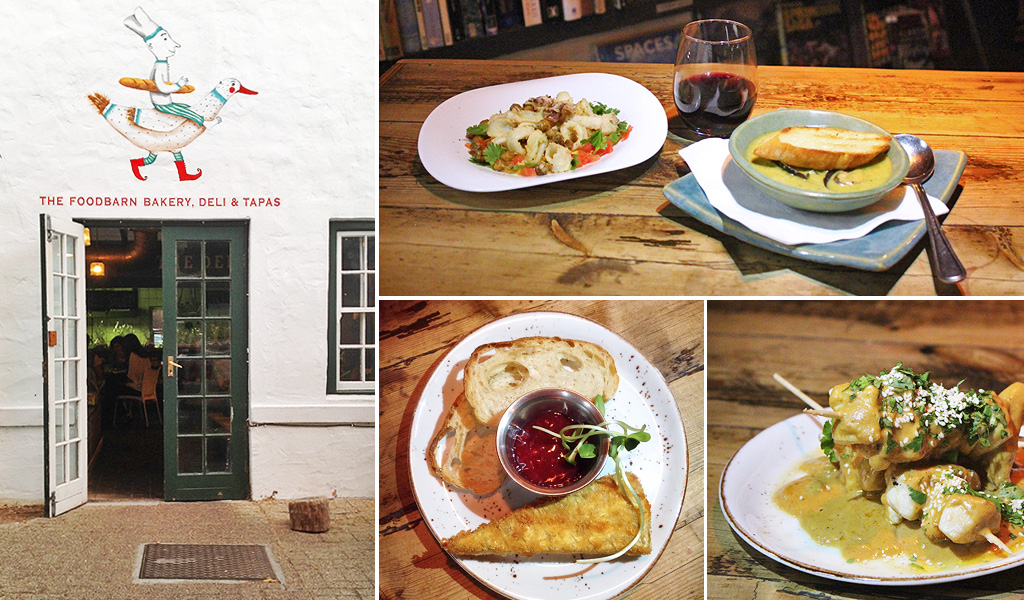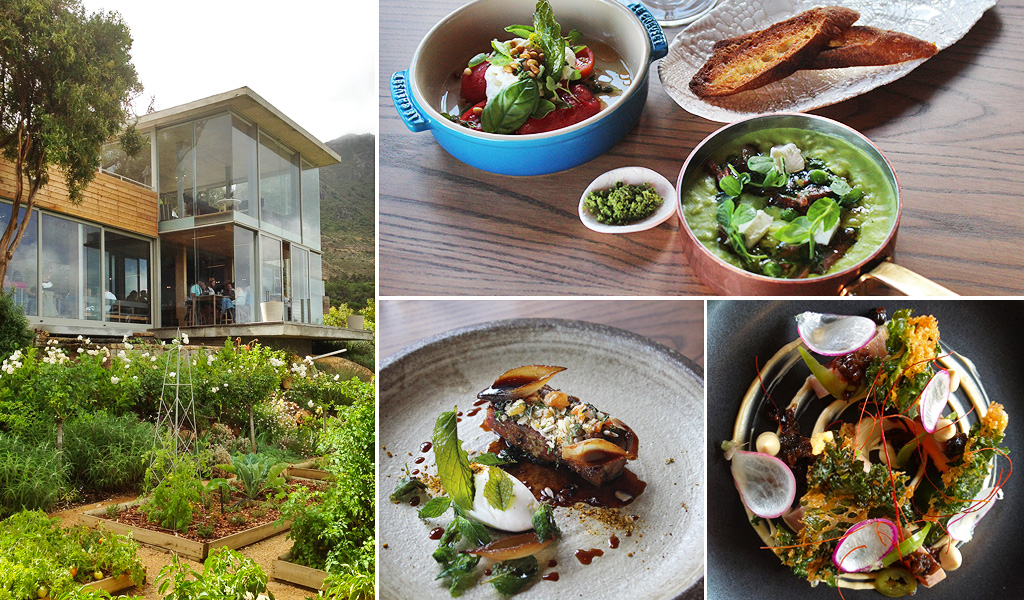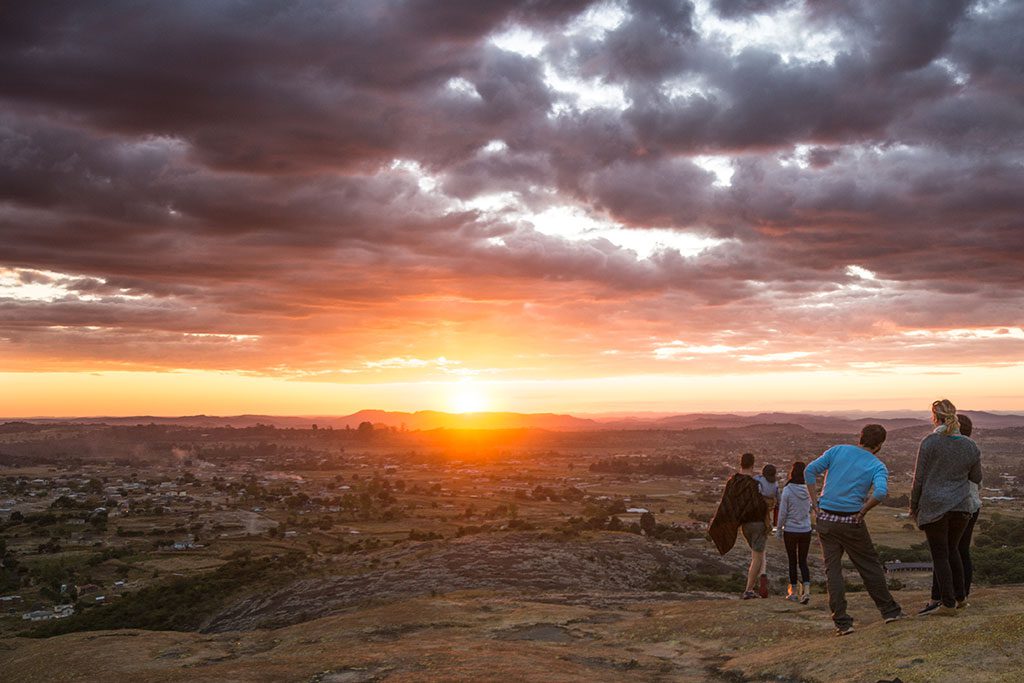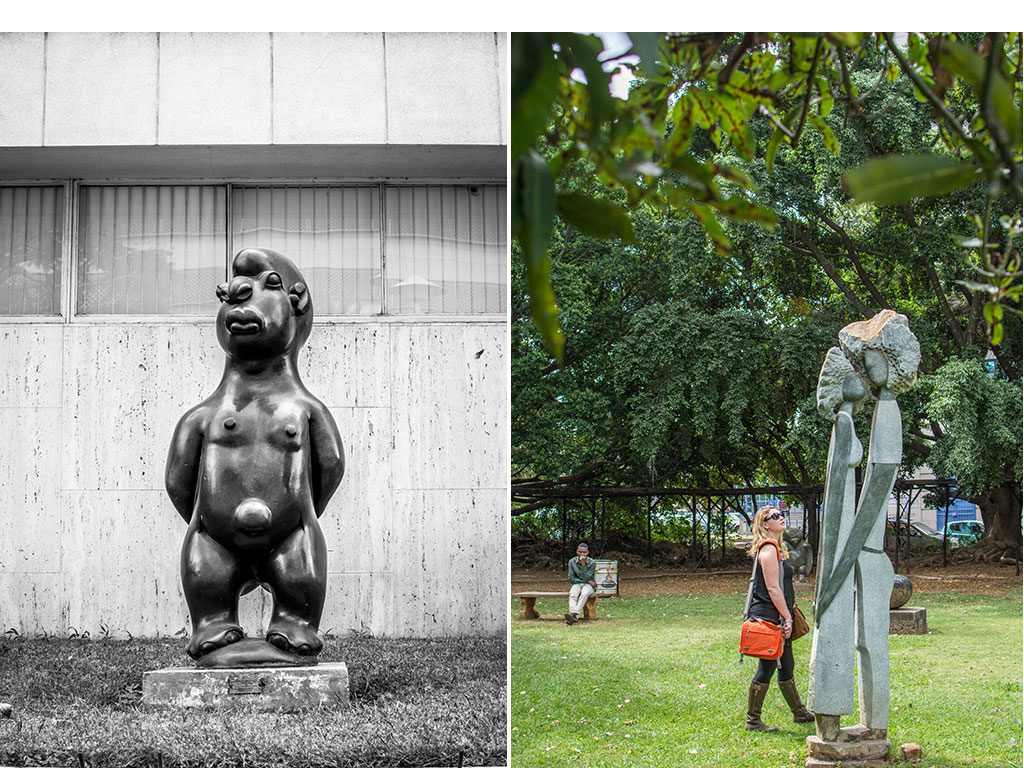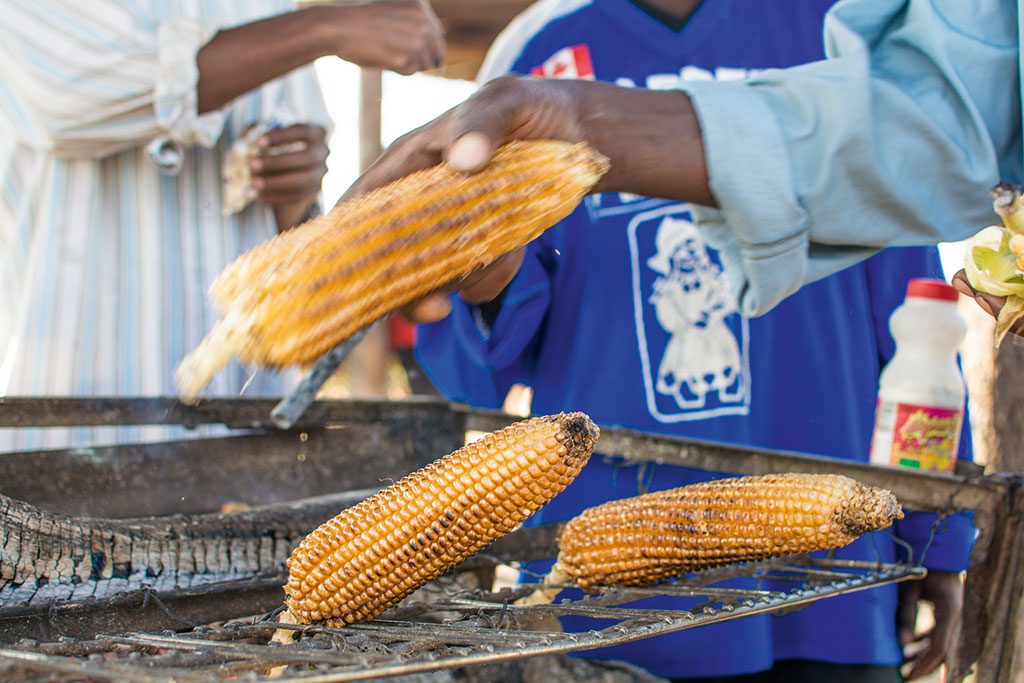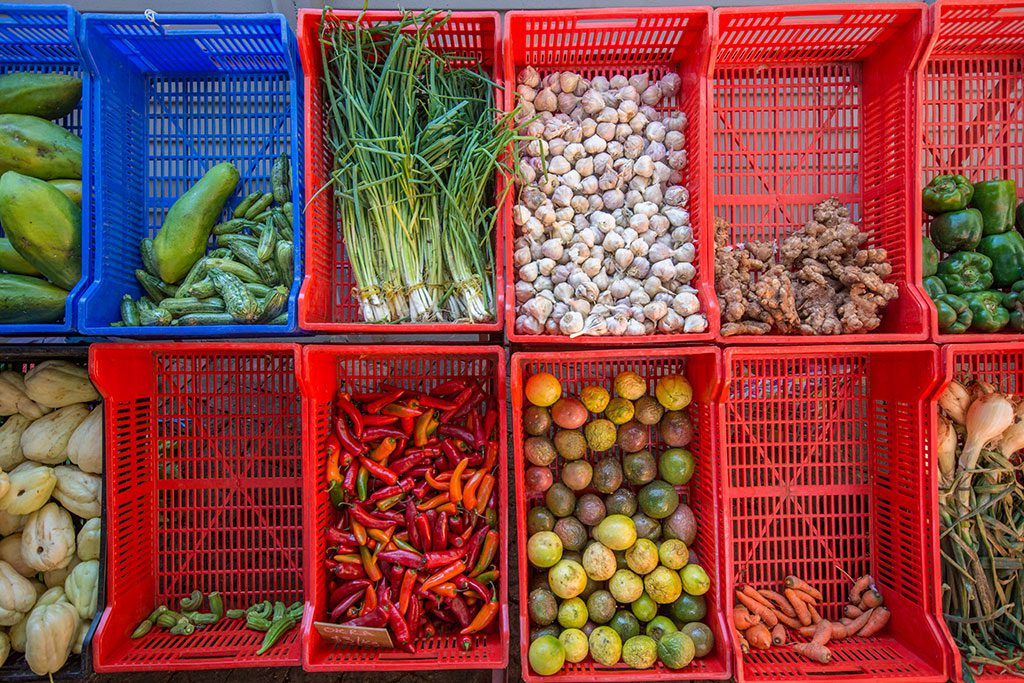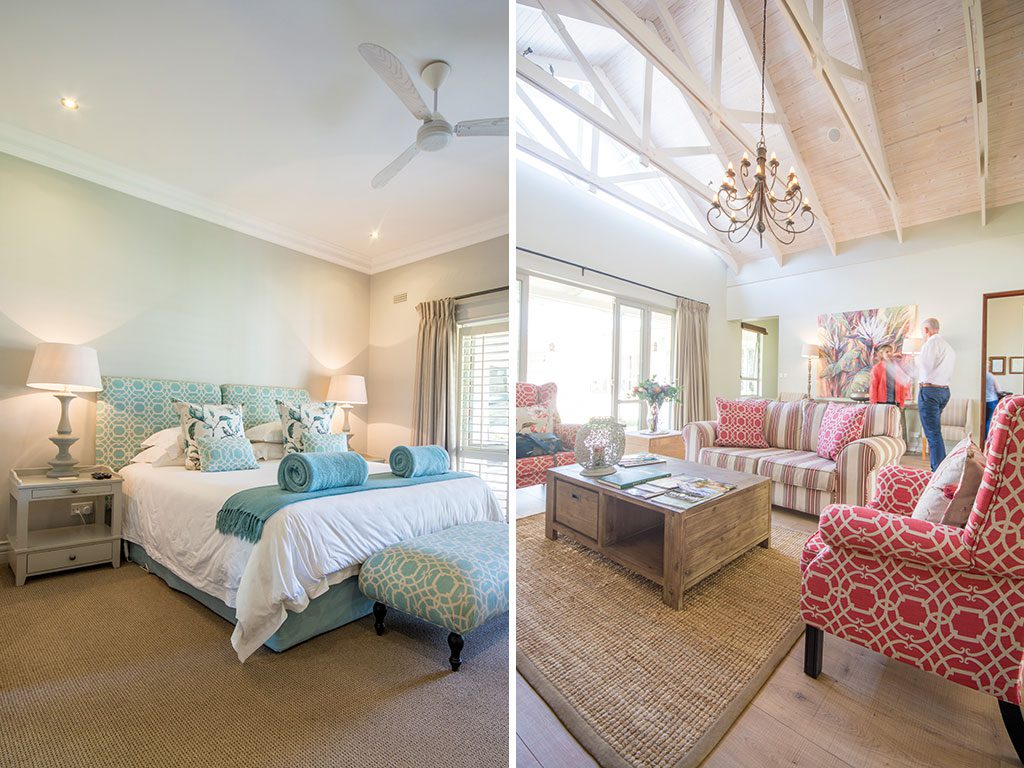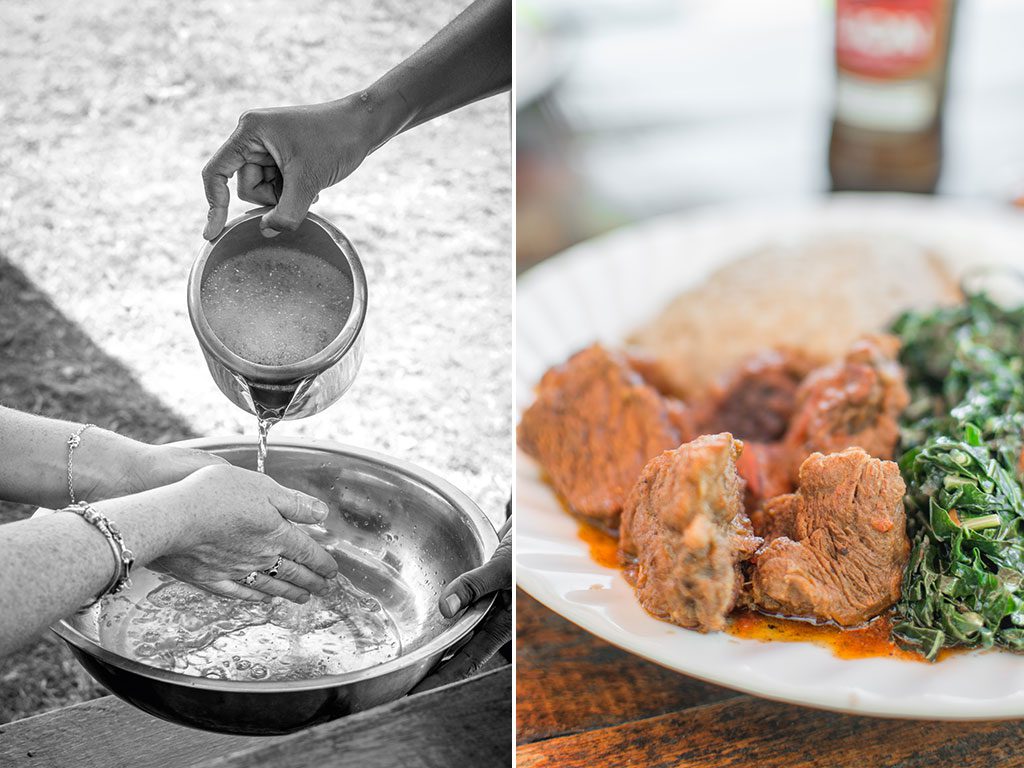
For an affordable summer break, there’s nothing like a beach camp. From secret beach campsites to safari tents with a bit more luxury, we’ve rounded up the best beach camps in South Africa that offer splendid views of the coast. We hope this list entices you to experience sleeping to the music of rising tides and waves splashing on the shore.
Need more ideas and spots on camping? Here are some of our favourites:
- The very best camping gear we tested in 2016
- 23 enchanting and affordable tented camps
- The best Kruger campsites, north to south
- 37 of South Africa’s best campsites
- 8 of the best campsites in the Cederberg
1. Zinkwazi Forest Camps, Durban
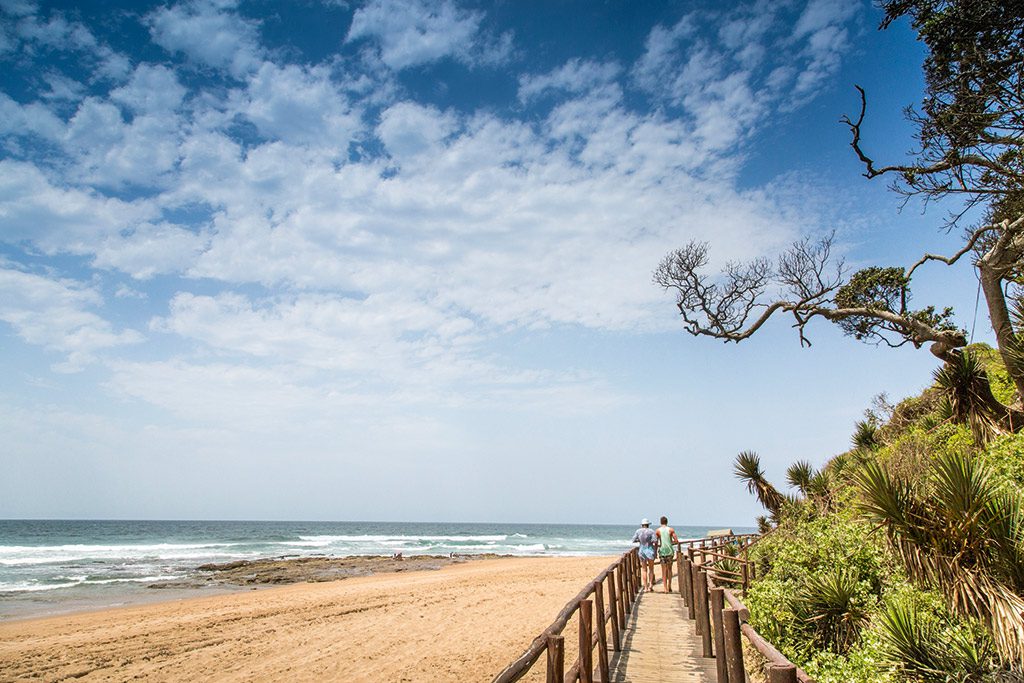
Zinkwazi beach. Photo by Teagan Cunniffe.
The camp is set in a lush riverine forest with many tropical palms and flowering trees, constantly ringing with a chorus of birdsong, creating a very special atmosphere close to nature. The terraced forest setting provides protection from the elements and surrounds a central recreational lawn with pool, playground, games hall, communal braais and dry pub. Ablution blocks, with scullery and laundry facilities, are conveniently scattered throughout the camp.
Price: From R160 per person.
Contact: 0324853344, zinkwazilagoonlodge.co.za
2. West Coast Luxury tents, Elands Bay
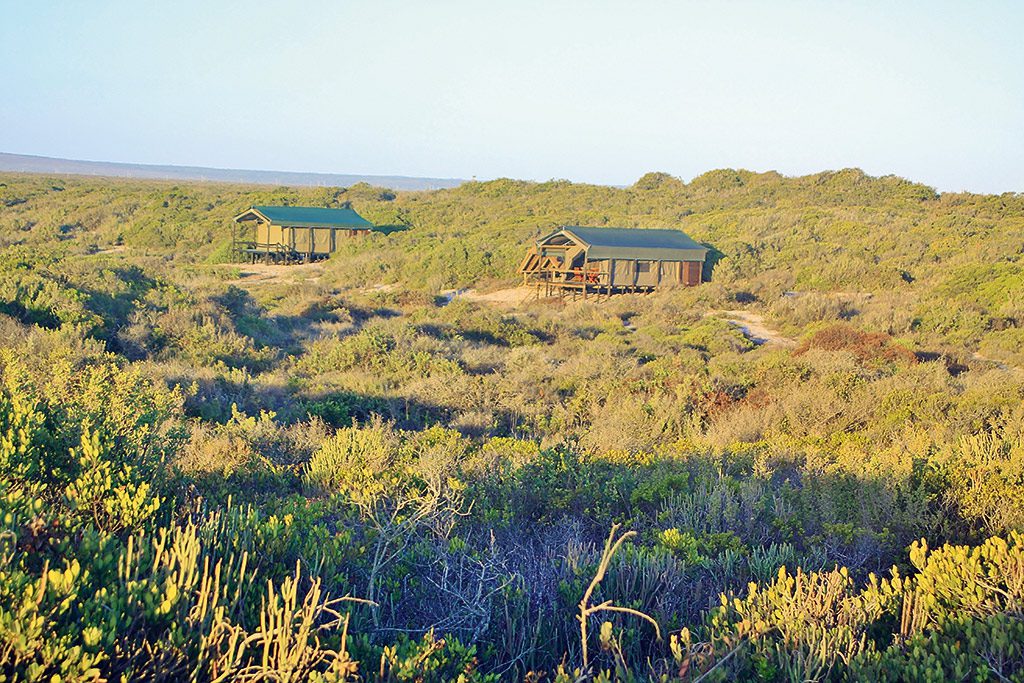
Tucked in sandveld behind dunes, a few hundred metres from an unspoilt beach, this tented camp ‒ comprising three double-sleepers and one group enclave ‒ demands nothing but relaxation. There’s not much to ‘do’ here ‒ no game, no spa, no boma and no fancy restaurant ‒ and because of that, one is forced to submit to extreme chilling: afternoon snoozing; walking along the beach (40 kilometres of it) accompanied by scurrying oystercatchers; clambering to the top of the dunes to watch sunsets; sitting around the star-lit braai. The en-suite tents are comfortable and spacious, each with a fully equipped kitchen and a shaded area at the back. Amiable owner Reinhard Uebel will go out of his way to ensure you’re happy ‒ and will even welcome your pooches.
Price: From R400 per person.
Contact: 0212018900, travelground.com
3. Platbos Forest, Gansbaai
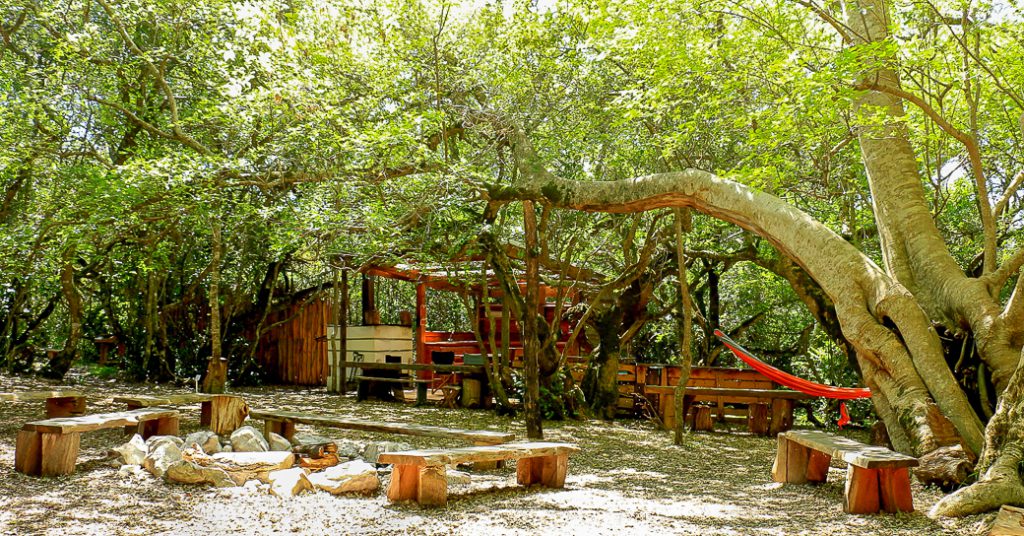
It’s the most southern forest in Africa, a beautiful mixed milkwood and yellowwood forest owned by ecologists who live here, off-grid. Included in the price are two already-pitched tents with beds, plus extra mattresses, and space to put a few more tents. Marshall Rinquest suggests picking a spot under the milkwoods – some are 1 000 years old. Beneath them there’s usually a lot of leaves and mulch, so it’s soft and well-shaded says Marhsall. On offer are guided forest walks and horseback riding – and the milky-white beach is within walking distance.
Price: From R700 for two people, R900 for up to four people, thereafter R75 per person. Private bathroom, kitchen, no electricity.
Contact: 0824110448, platbos.co.za
4. Mabibi Beach Camp, Elephant Coast
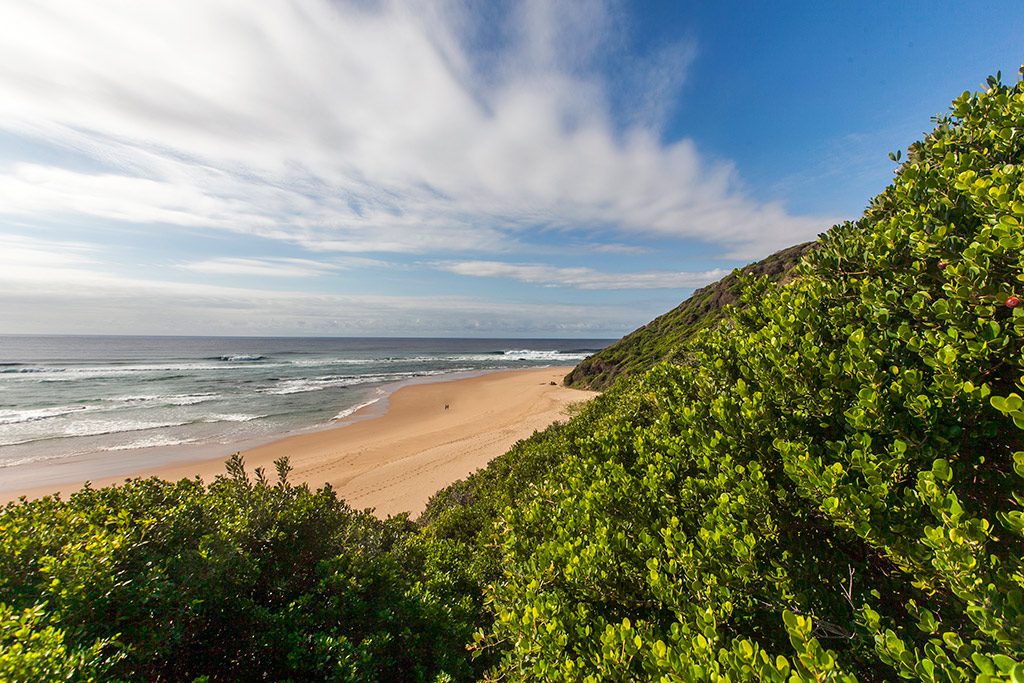
You need a 4×4 to get there, and there’s no electricity or drinking water, but it’s in an incredible coastal forest up on a grassy dune above the most exquisite beach where loggerhead and leatherback turtles nest says Marianne Schwankhart. The campsite doesn’t have a view, but 100 metres through the forest, down 130-odd wooden steps and you’re on an unspoilt beach and there’s snorkelling in the shallow reefs. You’re also close to Lake Sibaya where you can see hippos and crocs. There are nine sites, all under big, ancient milkwoods, each with a braai area and tap – they’re all private and spread out, but number 3 is closest to the beach walkway.
Price: From R114 per person sharing. Hot showers.
Contact: 0354741504, mabibicampsite.co.za
5. Kwass se Baai campsite, Namaqua National Park
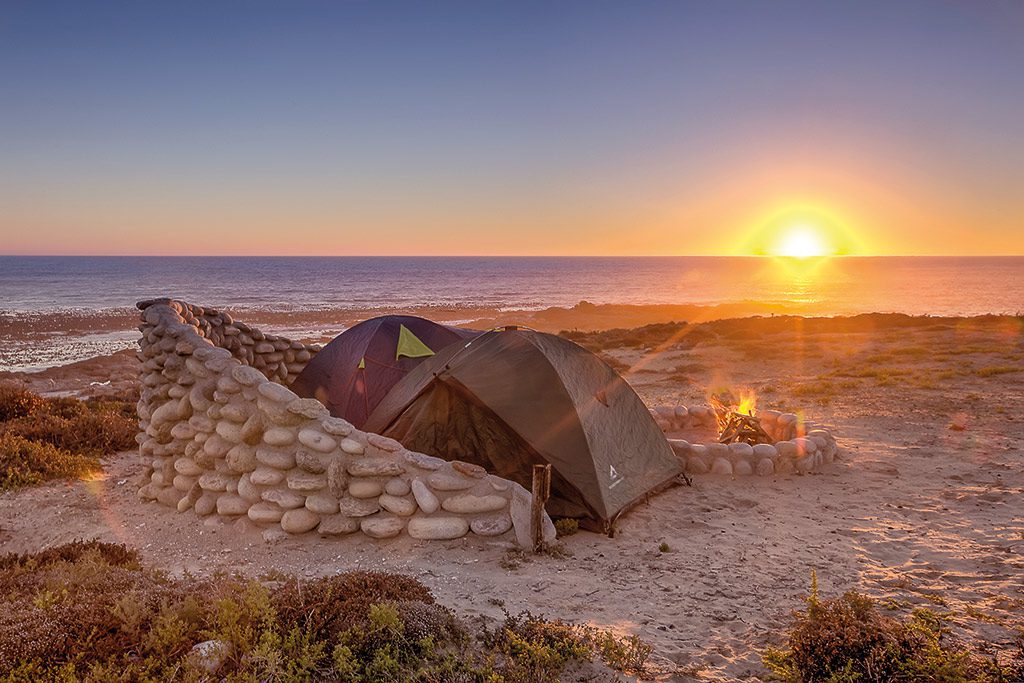
This is an awesome coastal camping site within an area that’s still very wild – proper, proper West Coast, right next to the ocean. You see antelope, ostriches and the Namaqua speckled padloper, the tiniest tortoise on Earth. There are walled long drops and fireplaces, but beyond that it’s pretty basic – not even drinking water. The camp has four spots (best to book the entire site for yourself), each with a wall to protect against the wind says Petro Kotze.
Price: From R125 per campsite, R34 per person daily conservation fee. No electricity or water.
Contact: 0276721948, sanparks.org
6.Sugarloaf, St Lucia
It’s right in the mouth of the estuary where you often have hippos wandering through camp and you’re in close to the crocs. So despite being in St Lucia village, it feels incredibly wild. The best spot is closest to the estuary – you look directly out onto the water. While on assignment here, Janet Frangs once stepped out of her tent and bumped noses with a hippo. ‘It was amazing and frightening, and such a privilege’ says Janet.
Price: From R300 per campsite. Electricity and ablutions.
Contact: 0338451000, kznwildlife.com
7. Sea Shack Cape Columbine Nature Reserve, Western Cape
This is beachfront glamping with a creative, hippy twist says our accommodation expert, Pippa de Bruyn. Designed by Paternoster-based artist Dianne Heesom-Green, with artworks by Theo Kleynhans, Sea Shack is a pooled expression of their considerable talents, replete with labyrinth and totem pole, and 10 dinky sleeping cabins, each just large enough for queen or twin beds. An additional three tents cater for overspill, so a maximum of 26 guests share a communal kitchen and boma area, four shower cubicles and composting toilets. You’re expected to clean up after yourself, but two on-site managers help ensure the 100 percent solar- and gas-powered camp is kept scrupulously clean.
Price: Shacks from R690 (sleeps two); tents R400 per night (sleeps two), including bedding.
Contact: 0798206824, seashack.co.za
8. Muisbosskerm, Eland’s Bay
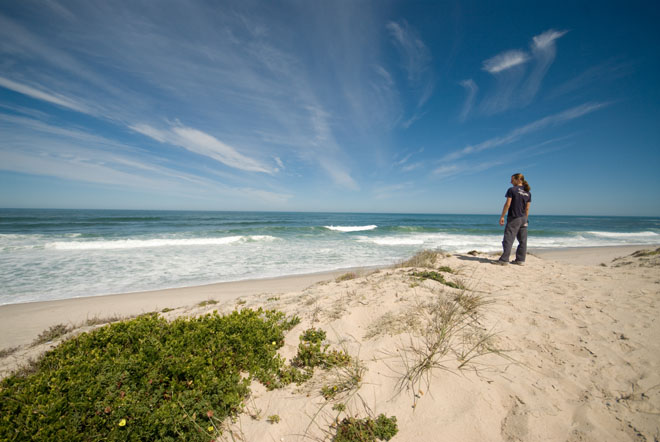
Muisbosskerm in Elands Bay. Photo by Teagan Cunniffe.
In this peaceful camping site you’ll experience the most relaxing summer weekend break and with only one family per campsite, you’ll have nothing but nature to entertain you. Noise levels are kept to a minimum, so you’ll enjoy a quiet weekend with your loved ones. The campsite is situated 5km south of Lambert’s Bay on the Malkoppan farm and you can enjoy diving, fishing and surfing as the campsite is a walking distance from the beach. It’s also situated right opposite the famous Muisbosskerm Restaurant and each site has electricity, water and a braai area.
Rates: R225 a night for a stand. Double stands are R480 a night.
Contact: muisbosskerm.co.za/accomodation
9. Vic Bay Campsite, Garden Route
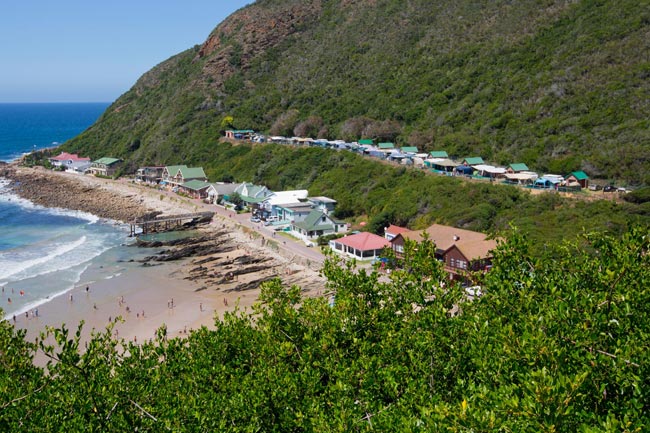
Victoria Bay Caravan Park. Photo from victoriabaycaravanpark.co.za.
Vic Bay is, a popular surfing spot, frequented by sun-kissed board riders young and old. The wind-protected beach offers great views of the surfing action and there’s a tidal pool that’s safe for kids. The bay is small, framed by stratified rock on one side and a row of beachfront cottages on the other. A narrow promenade separates the cottages from the water and most who walk it carry a smile.
Price: From R205 for a site out of season.
Contact: 0448890081, victoriabaycaravanpark.co.za
10.Tietiesbaai, Cape Columbine Nature Reserve, West Coast
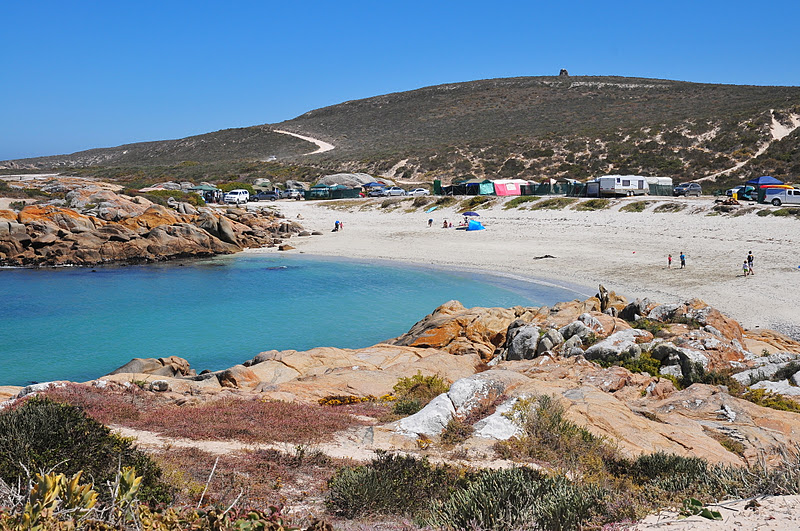
Tietiesbaai. Photo from Travel Snippets.
Despite the cold water, the West Coast will always be a popular destination for many South Africans in summer. Tietiesbaai is particularly special with its rocky coastline and incredible sunsets across the ocean. This is perfect for experienced campers who enjoy a more basic camping experience. Days here are easily filled hiking along the coastline or visiting the pretty fishermen’s town of Paternoster. You can also try your hand at fishing or dare the icy waters for a swim in the Atlantic Ocean. Bring your own gazebo as there is no shade. Shared ablutions facilities with warm showers (solar electricity).
Price: R116 a night for six people
Contact: Tel 0227522718, www.saldanhabay.co.za
11. Sodwana Bay Camps
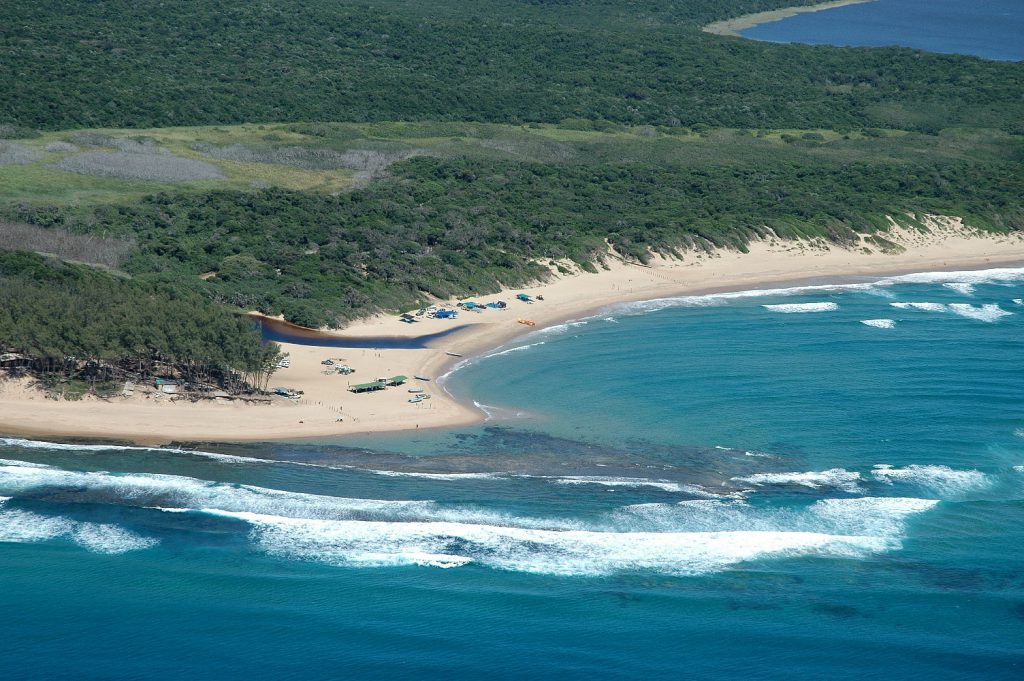
Sodwana Bay. Photo from sodwana-bay.co.za
The Sodwana Bay camp features open space campsites that accommodate both caravans and tents, set into shady surroundings in the coastal forest. Campsites have shared cold water taps and braai facilities. A number of campsites feature electrical plug points. The ablution facilities provide hot and cold running water, flush toilets, showers, baths, dishwashing, and laundry facilities. A smaller, more modern camping area is available with 33 electrified campsites that can take caravans or tents, each with their own braai stand, electric lights, running water and modern communal ablution blocks. Freezer and refrigeration facilities are also available.
Price: From R75 per person for a site. Seeing as the site is within the iSimangaliso Wetland Park, additional conservation fees apply.
Contact: 0355710051/2/3, kznwildlife.com
12. Storms River campsite
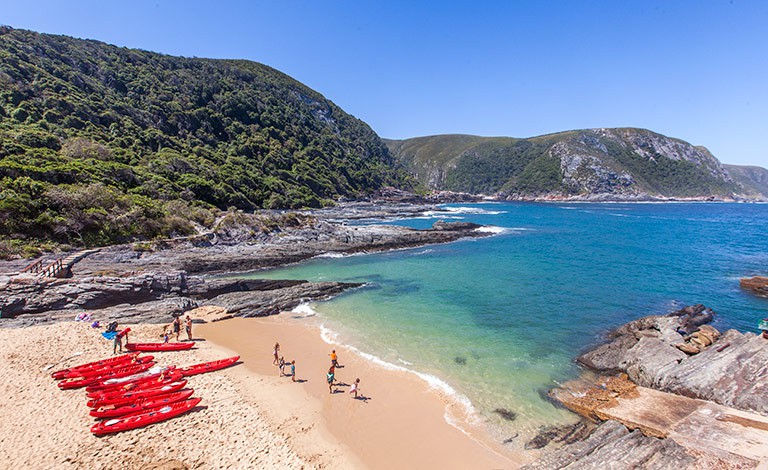
Storms River canoeing. Photo by Teagan Cunniffe.
Where the booming breakers of the Indian Ocean relentlessly pound rocky shores, where temperate high forest and fynbos roll down to the sea in an unspoilt verdant carpet, where ancient rivers carve their paths to the ocean down rocky ravines. This, “the place of much water”, is the Tsitsikamma Section of the Garden Route National Park. The heartland of the park stretches some 5km to sea, protecting a wonderland of inter-tidal life, reef and deep-sea fish. Dolphins frolic in the breakers, surfing and playing for the sheer joy of life, and the gentle giant of the ocean, the southern right whale visits here, coming inshore to breed.
Price: From R300 for a tent site that accommodates a maximum of 6 people.
Contact: 0422811607, sanparks.org
13. Nature’s Valley Rest Camp, Garden Route

Situated in the Tsitsikamma section of the Garden Route National Park, this rest camp is on the banks of the beautiful Groot River. Nature’s Valley is a secluded little village, with its incredible forests and close proximity to the sea, is ideal for a tranquil nature retreat. There are many day trails to choose from if you’re in the mood for a beautiful hike. The area also hosts prolific birdlife and you can spot the local inhabitants while you canoe from the rest camp to the Groot River mouth where you can relax beside the Indian Ocean. You’ll find communal ablution, washing up and laundry facilities. The campsites have no electricity.
Price: R15 per person park fees and R190 for two people camping. R68 extra per adult and R34 extra per child under 12.
Contact: Tel 0445316700, www.sanparks.org
14. Yellowwood Forest Campsite, Morgan Bay
Situated on the banks of the Inchara River, this peacefully shaded campsite is only 1km from the beach at Morgan Bay, known to many as the gateway to the beautiful Wild Coast. A bird watcher’s paradise, this campsite offers a quiet, intimate place for nature lovers. If you’re not relaxing beside the river, swimming in it or identifying the birds that stay in the area, you can make your way down to the beach or relax in the tea garden, letting the children play in the play area while you enjoy wood-fired pizzas, light meals and refreshments. Shared ablution blocks with toilets, showers and hot water as well as electricity points at the campsites.
Price: R100 per site per day, R15 per person (up to six per campsite). R60 per day for electricity. (In high season, R200 per site and R20 per person.)
Contact: Tel 0438411598, www.yellowwoodforest.co.za
15. Skulpieskraal, Hondeklipbaai
The Namakwa district is also renowned for its’ awe-inspiring succulent ecosystem. Of the 2700 plant species, 560 are found nowhere else in the world. The camp has a fully equipped kitchen (cutlery, crockery, pots, pans, kettles, etc.) and braai-lapa area should you wish to prepare your own meals. (Mouth watering West Coast meals are also available upon request). The campsite spotless ablution facilities include hot water showers, flush toilets, hand basins and laundry. (Please note that there are no plug points in the tents for hair dryers, etc. as the camp only has 12 volt lighting throughout).
Price: R400 per tent per night
Contact: 0820958218, hondeklip.co.za
16. Utshwayelo Lodge
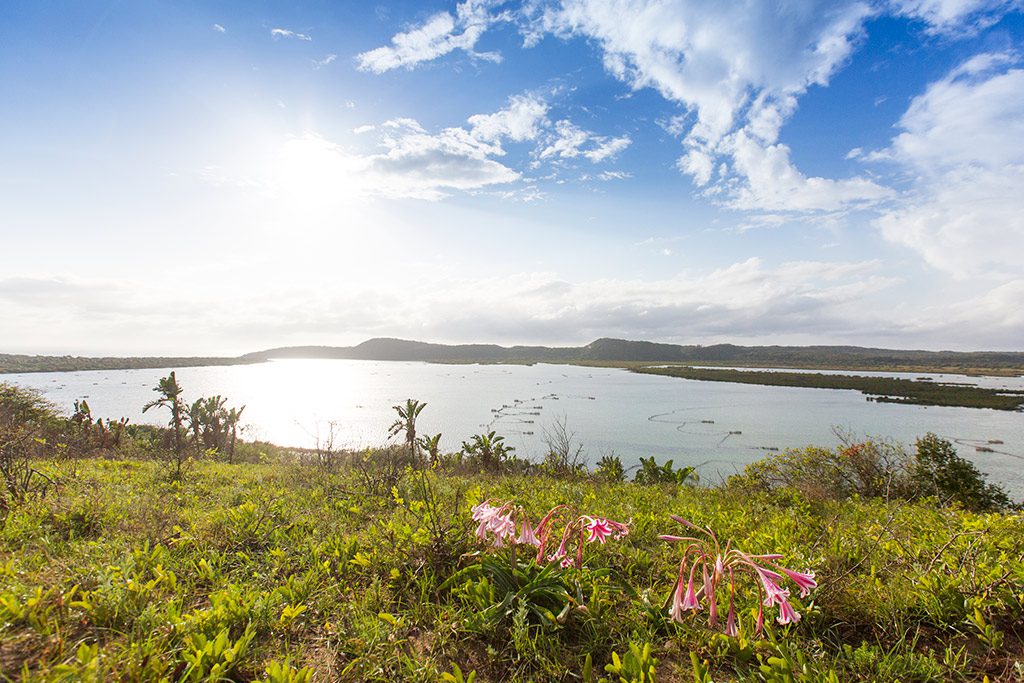
This lodge is based in a community-owned initiative at the Kosi Mouth Reserve gate. It offers chalets, safari tents and camping (campsites 1, 2 and 5 were our picks). We stayed in a Sahara Tent, and the open-air shower was a treat.
Price: From R145 per adult camping, R270 per adult sharing for safari tents, R390 per adult sharing for chalets.
Contact: kosimouth.co.za
17. Richards Bay Caravan Park
A good alternative to Mapelane Nature Reserve and rated one of the best-maintained campsites by our Photo Editor Teagan Cunniffe (and she travels a lot!). It’s all glowing lights and green lawns, with beach access. Good coastlines and Mapelane are an easy day-trip away.
Price: From R110 per adult, R75 per child, R10 per dog.
Contact: richardsbaycaravanpark.co.za
18.Umlalazi Nature Reserve
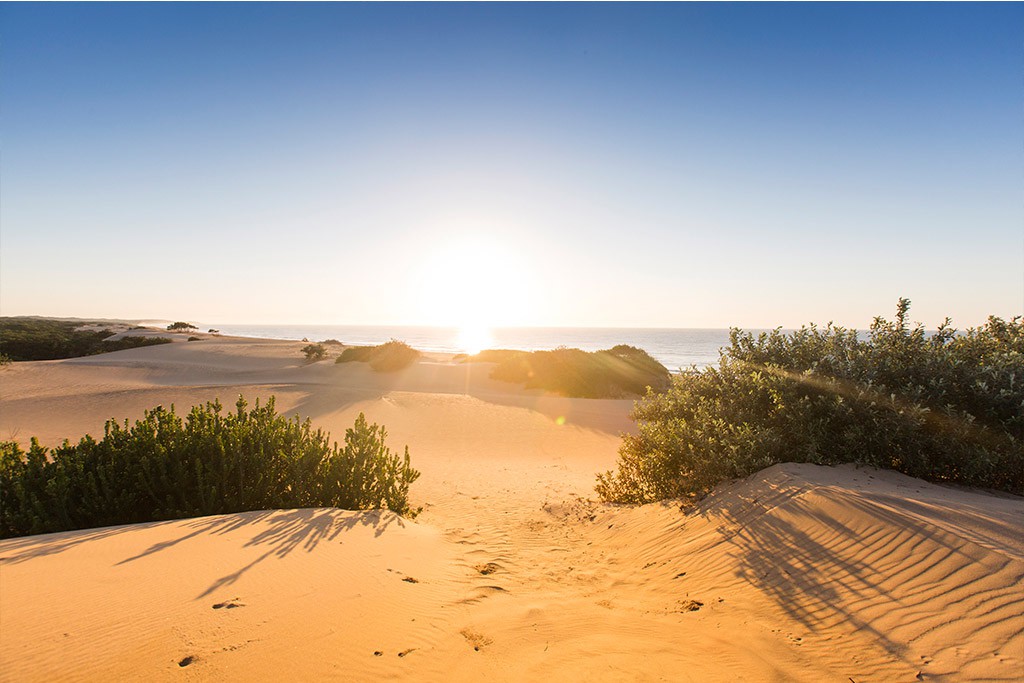
The beaches of Umlalazi Nature Reserve
In the eco-driven coastal town of Mtunzini and is home to the famed palm-nut vulture, raphia palms, zebra and countless duiker. There are also troops of bothersome monkeys so guard your food. Low-lying sand dunes shoulder the long stretch of quiet beach and slow-moving lagoon, perfect for water sports and relaxing.
Price: Entry is R20 per adult and R10 per child. Camping from R100 per person and cabins from R367 per person.
Contact: kznwildlife.com
This article, 18 beautiful beach camps around South Africa, was originally posted on the Getaway Blog by Welcome Lishivha.










